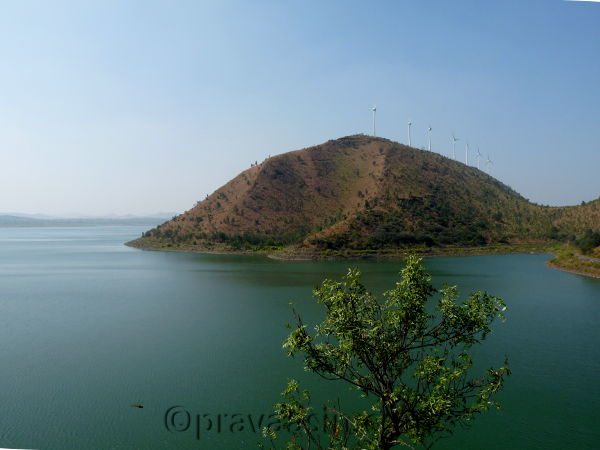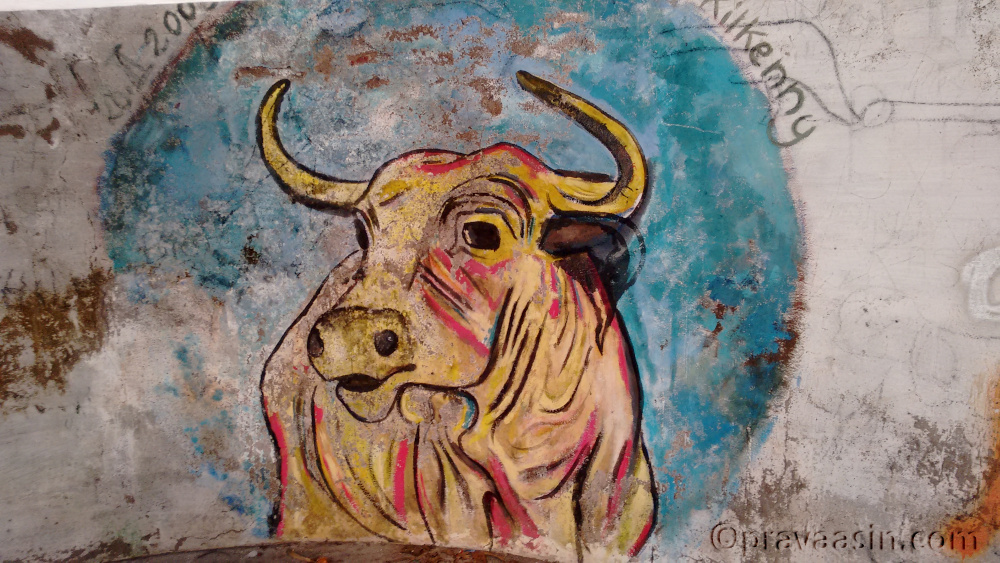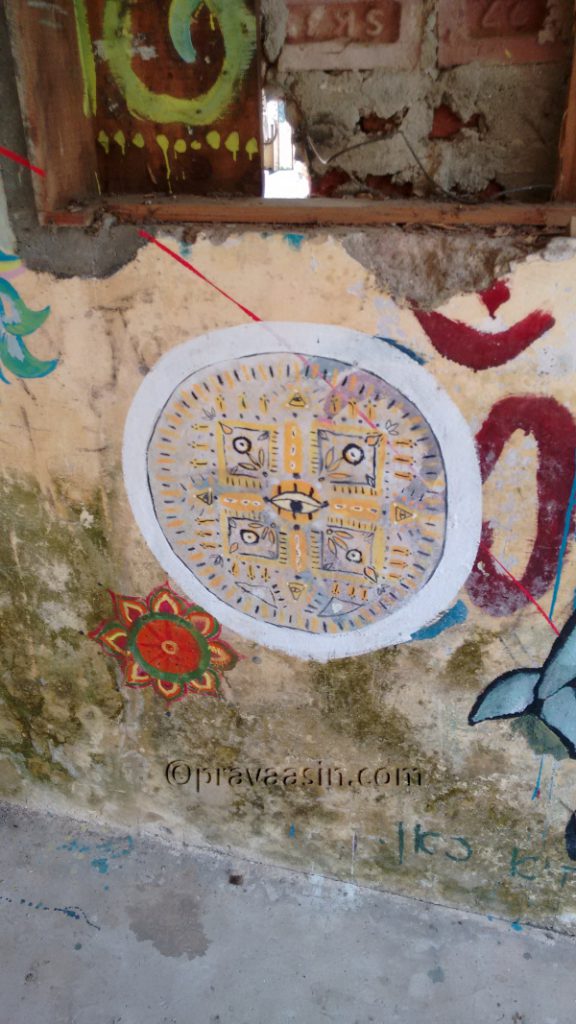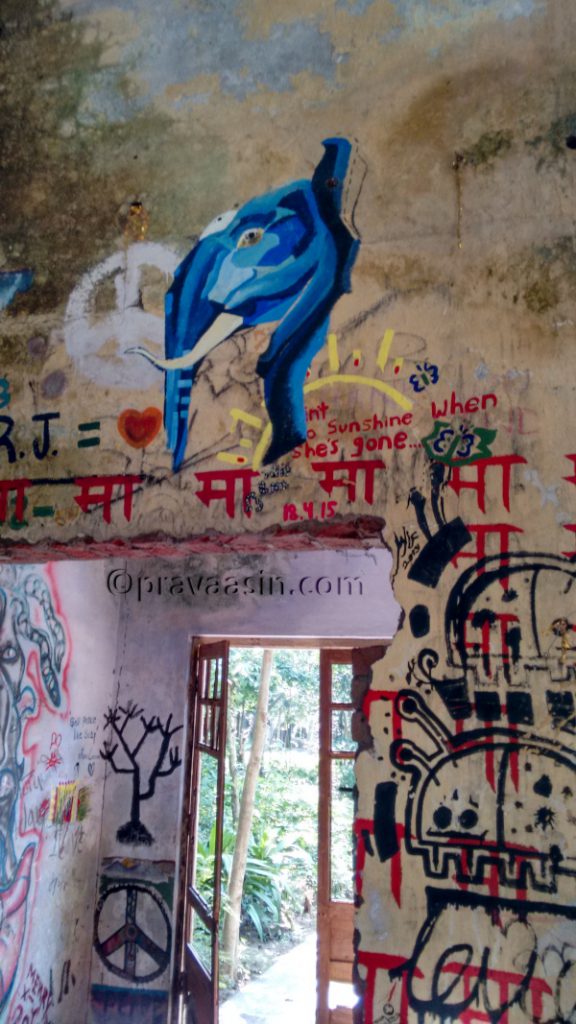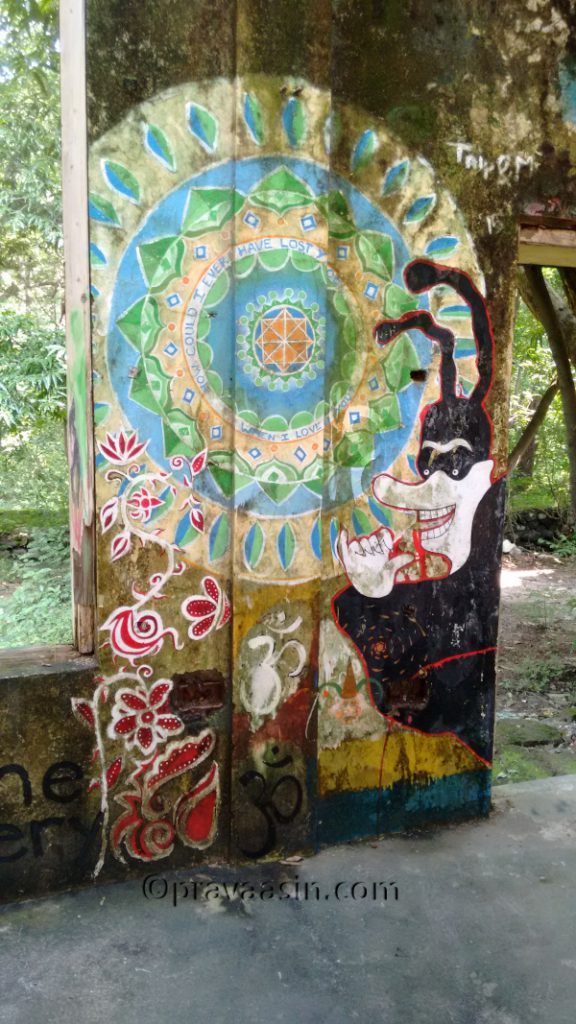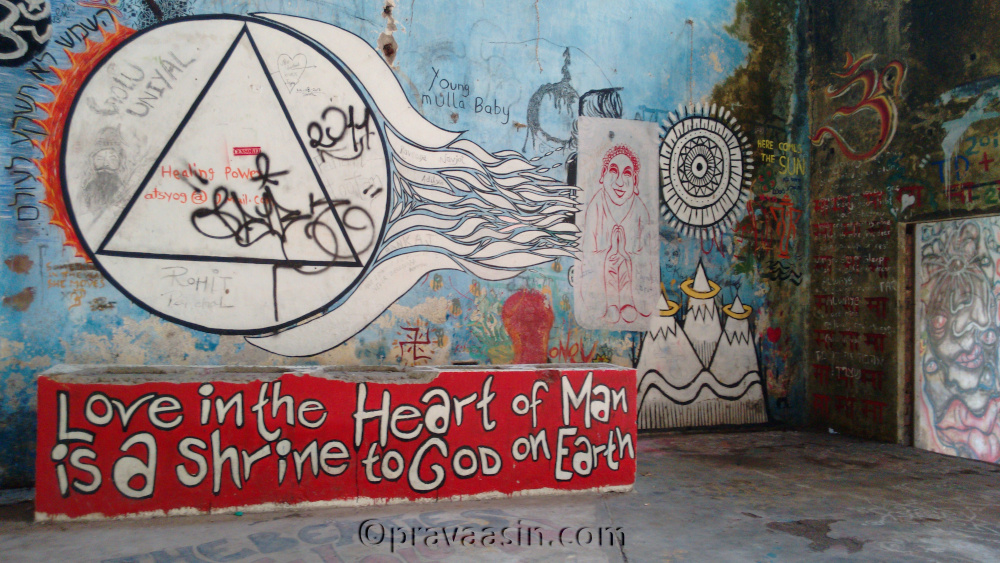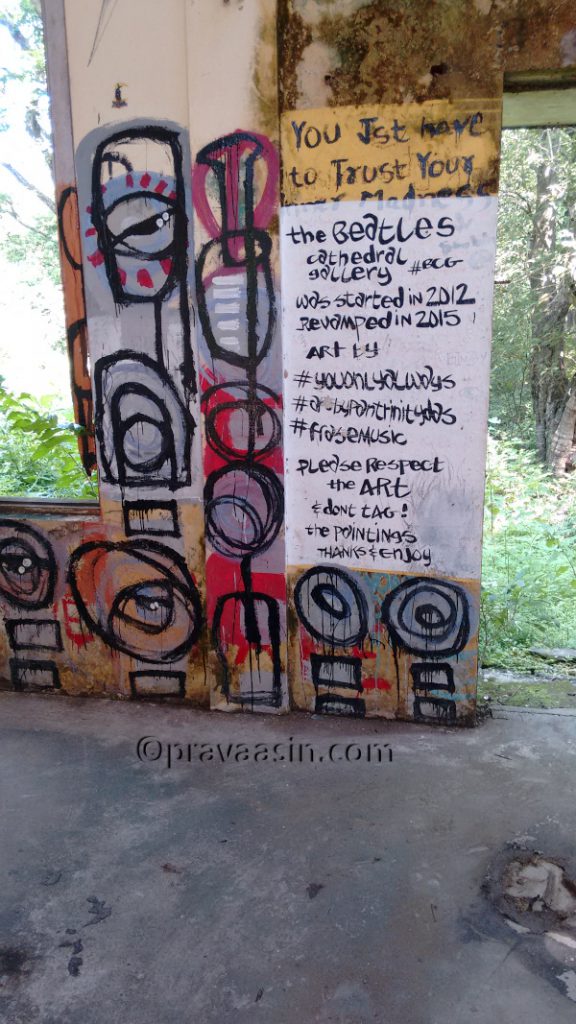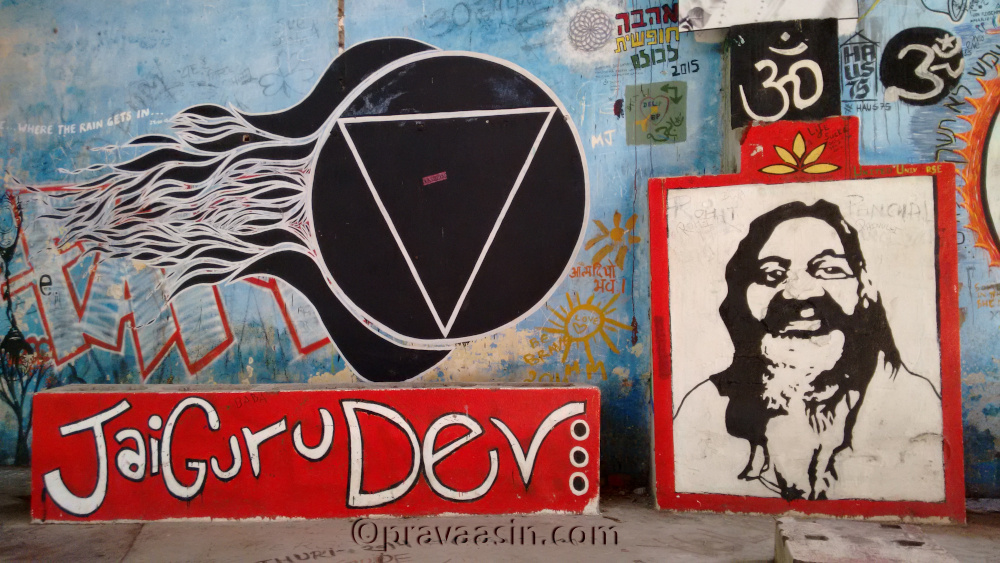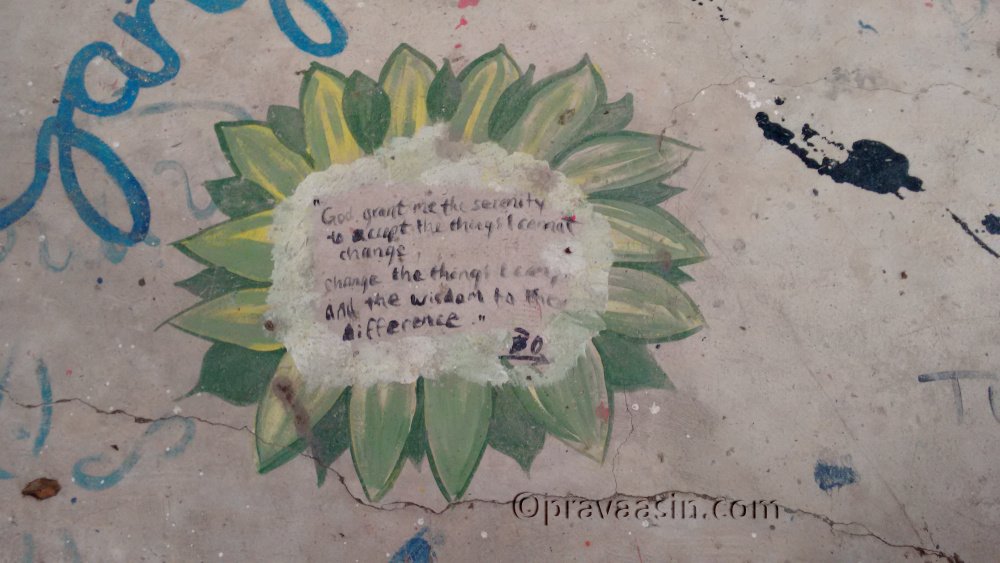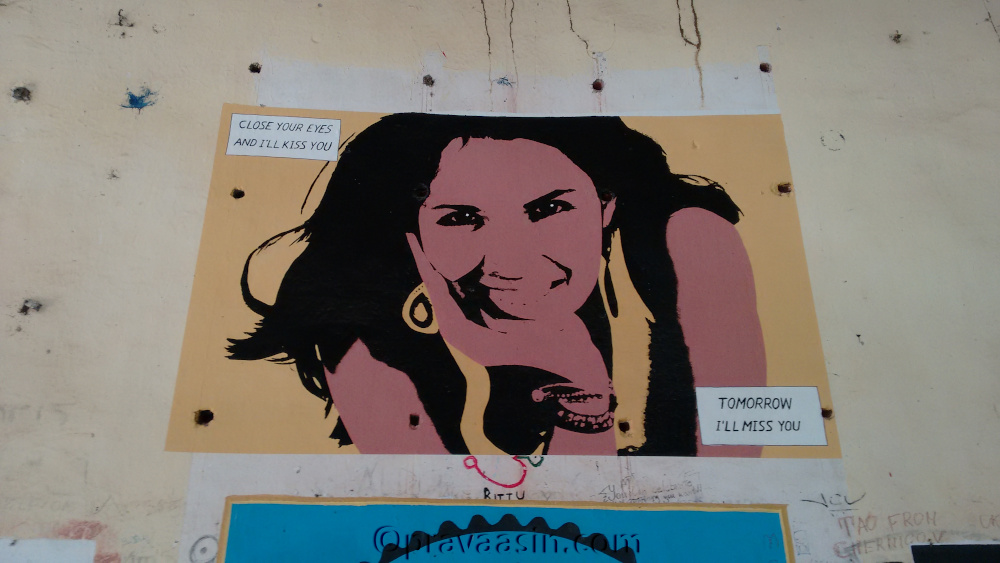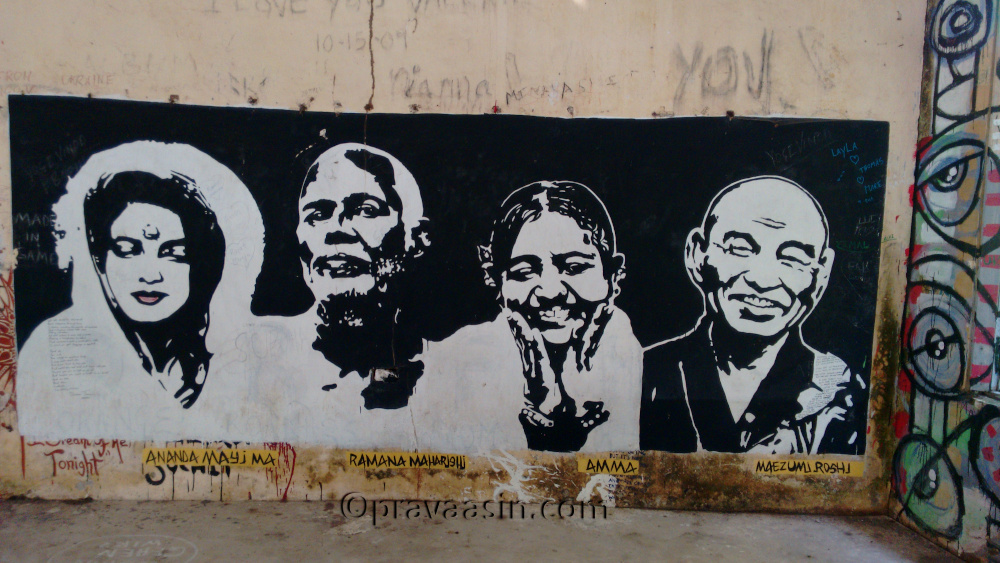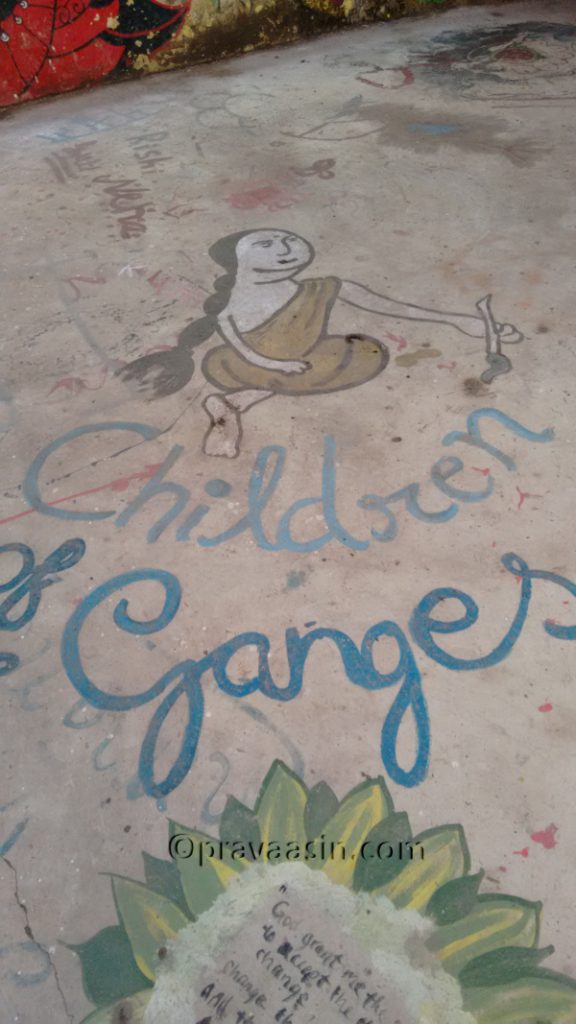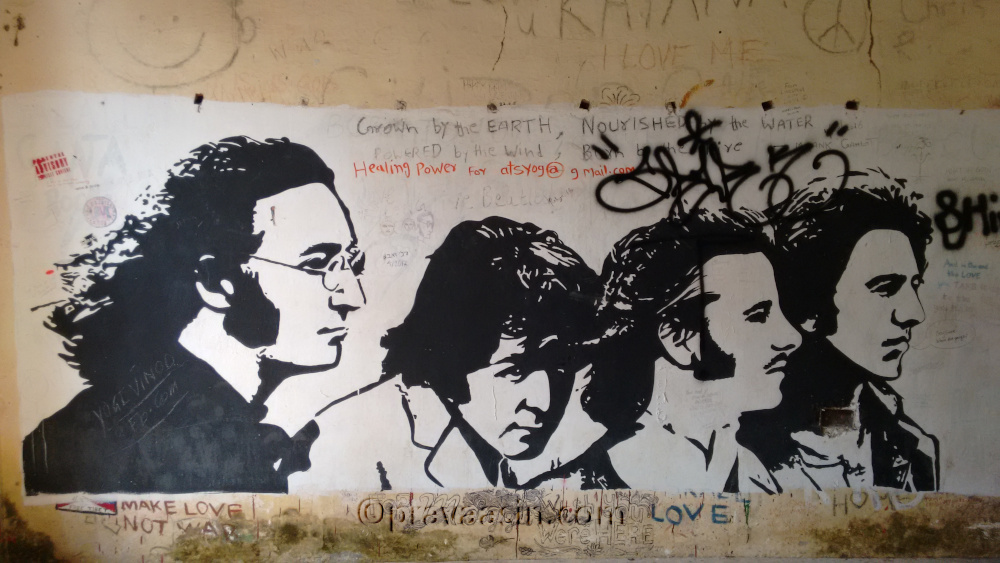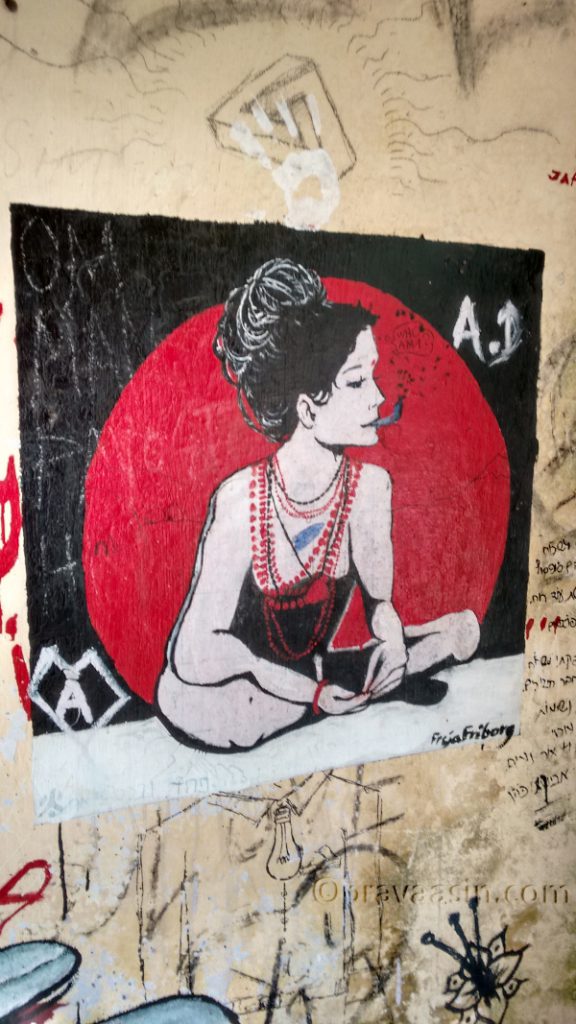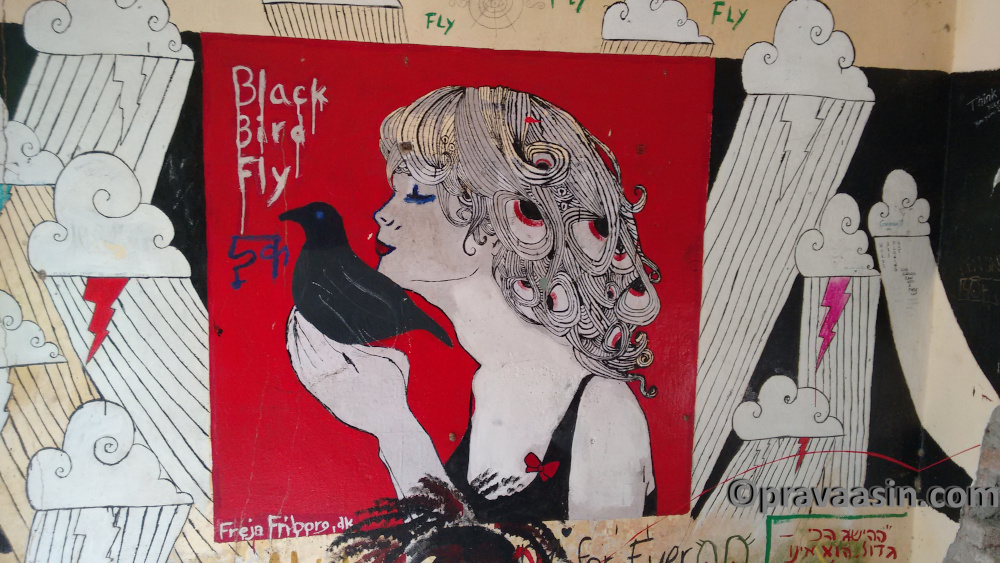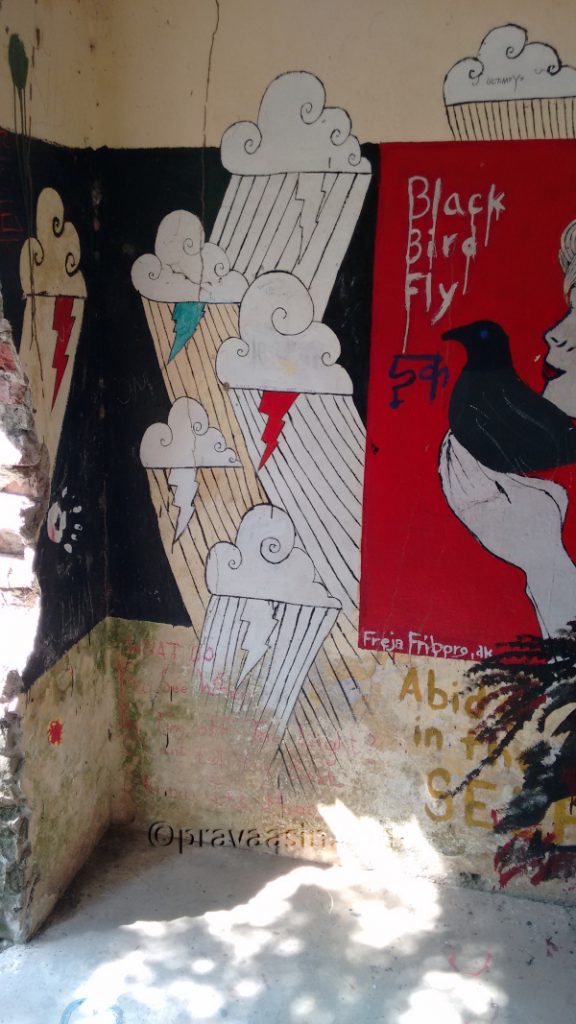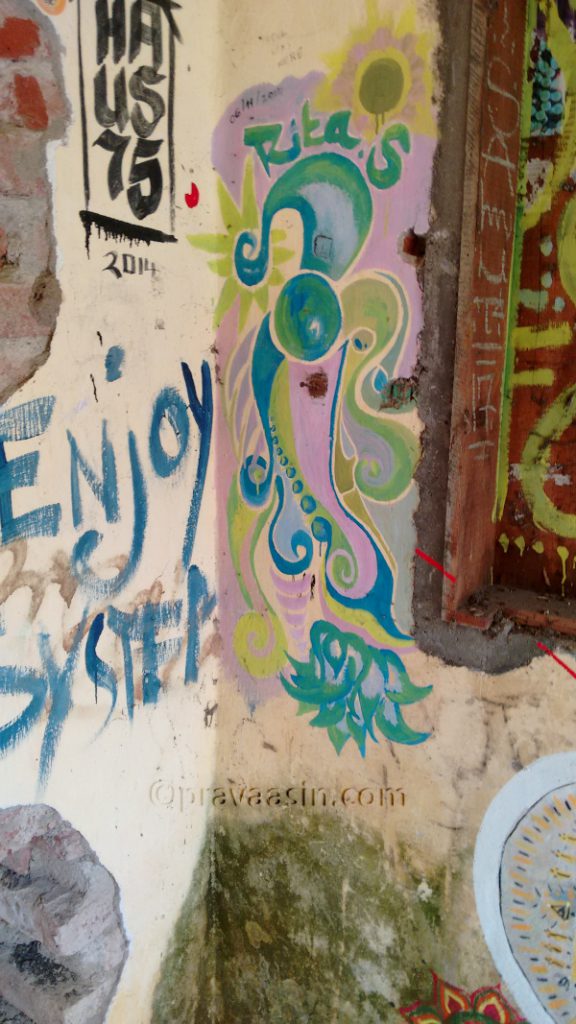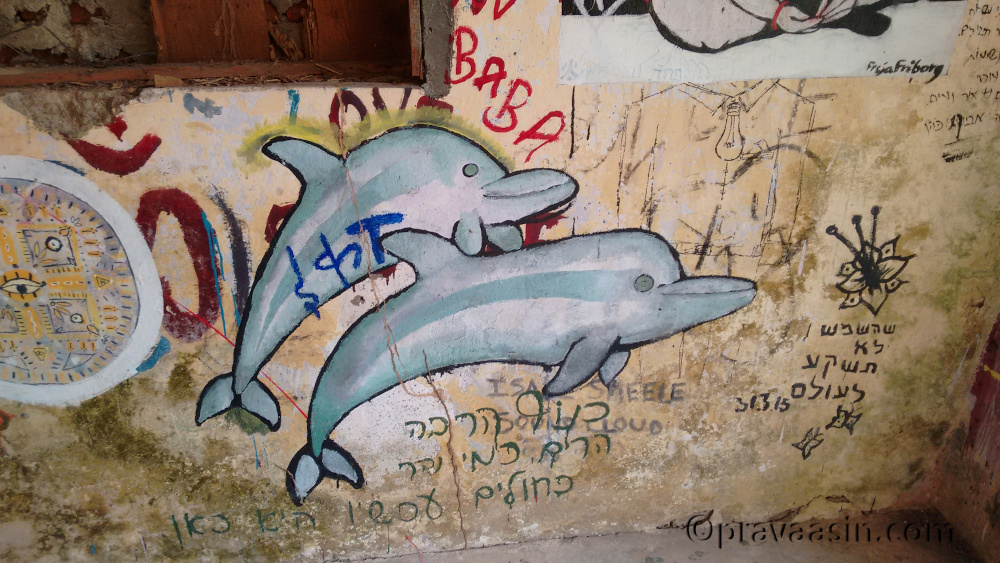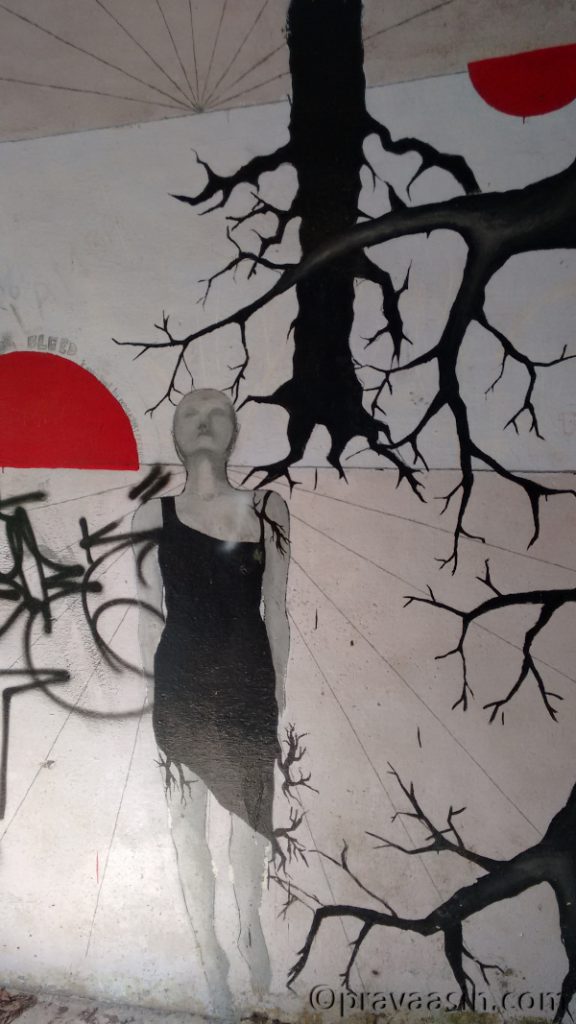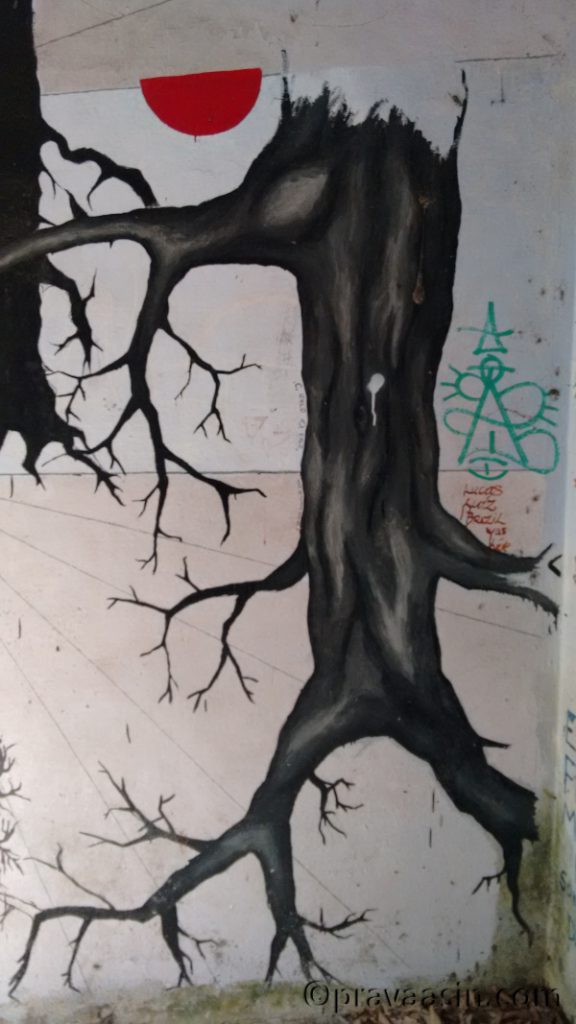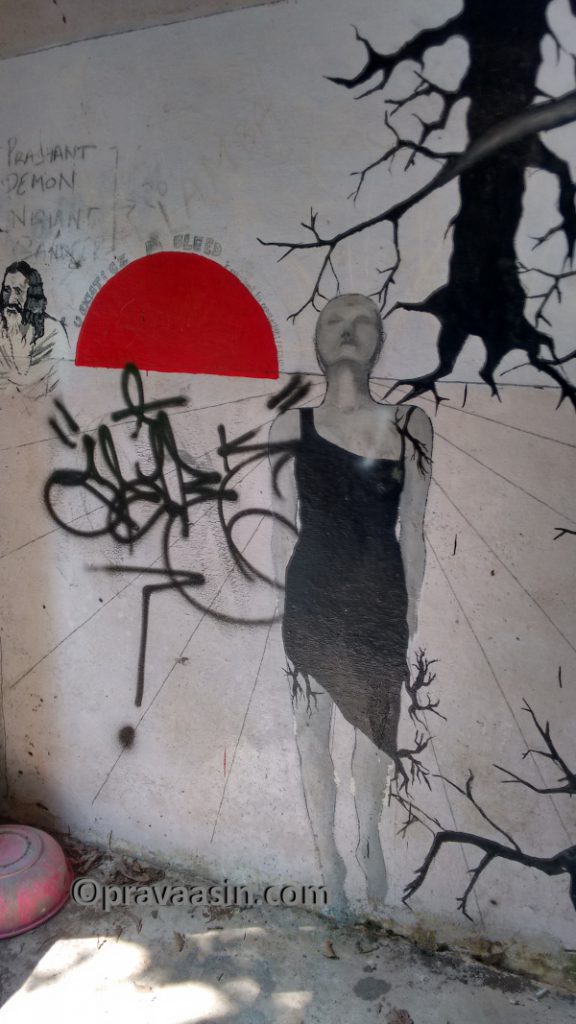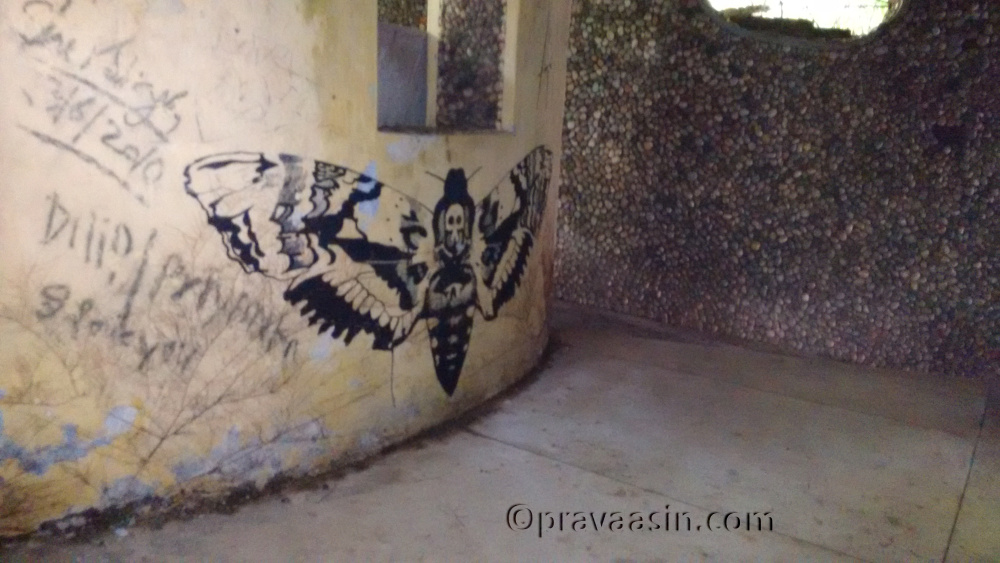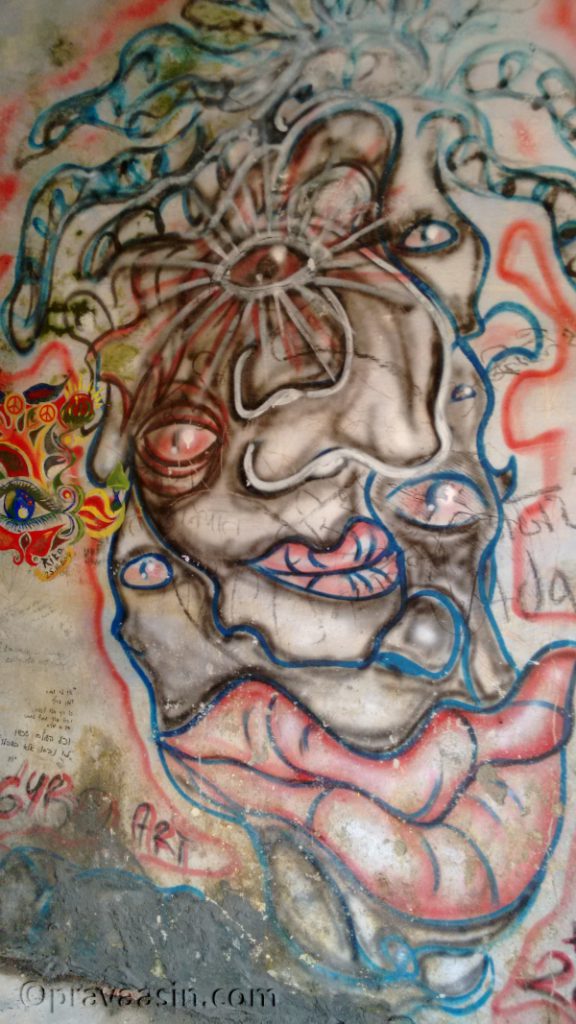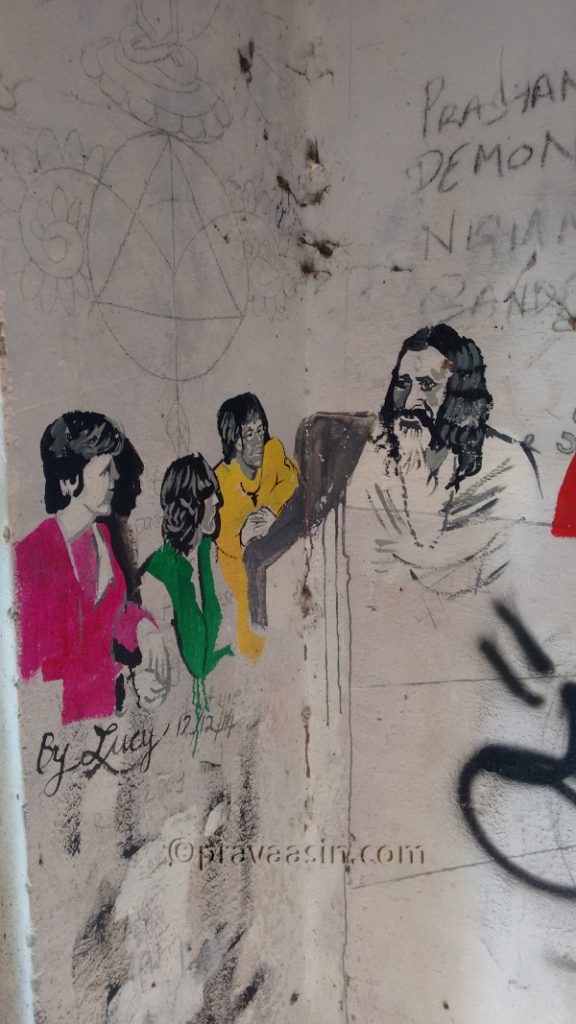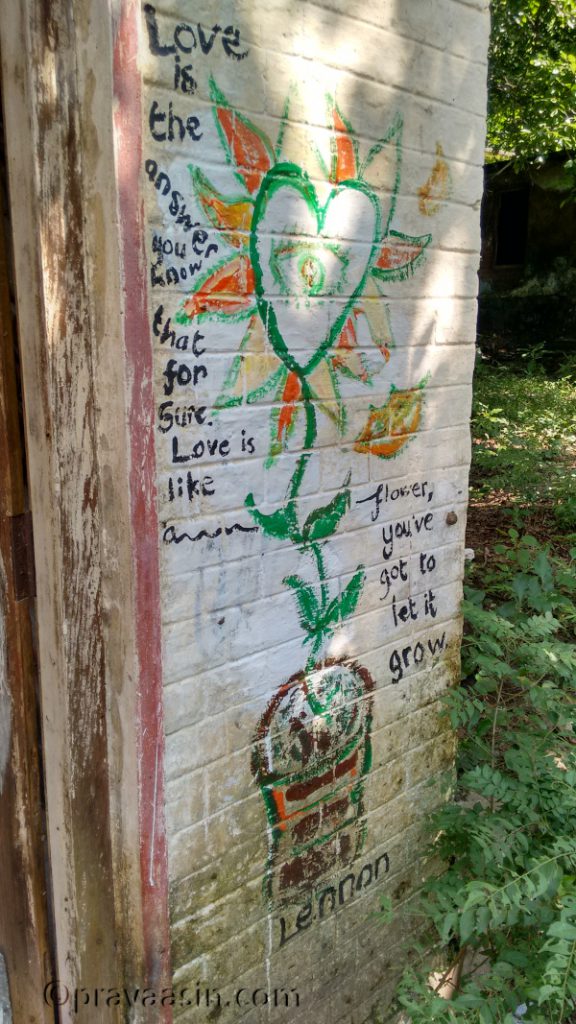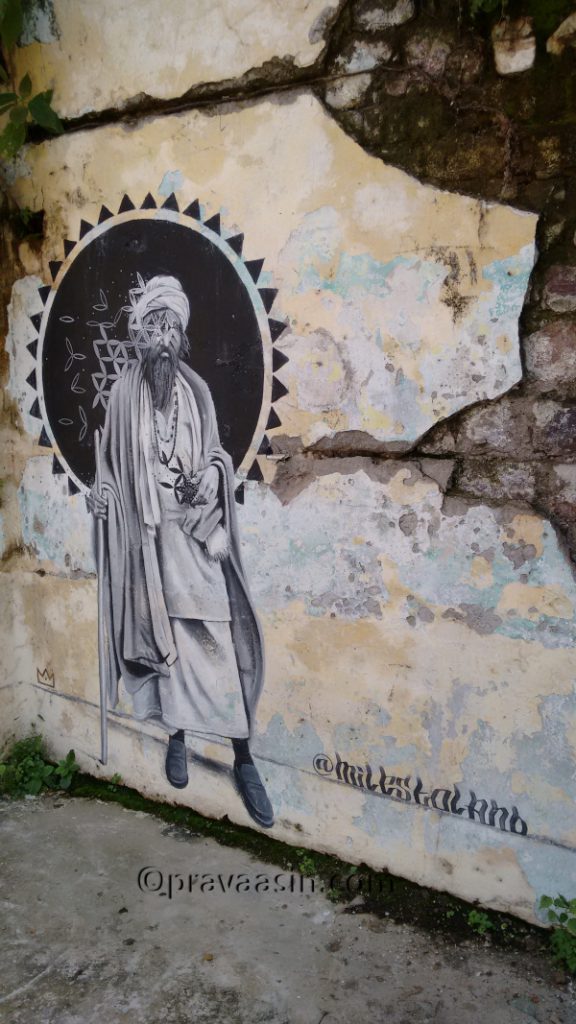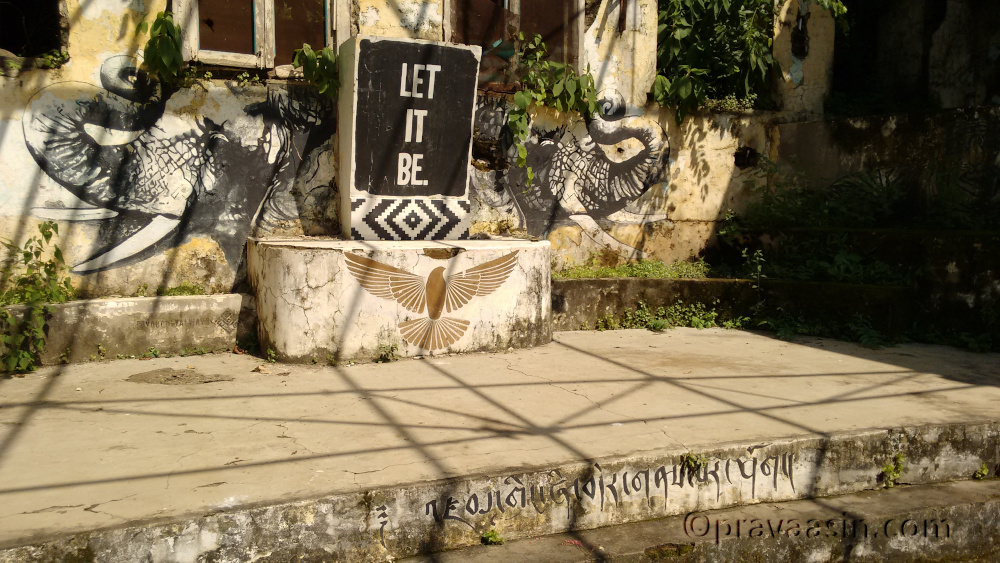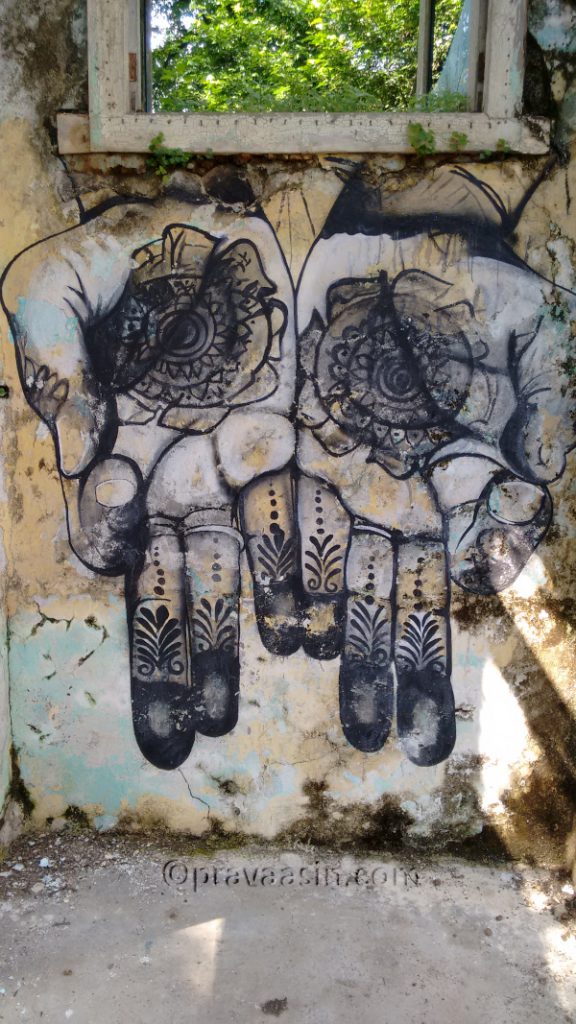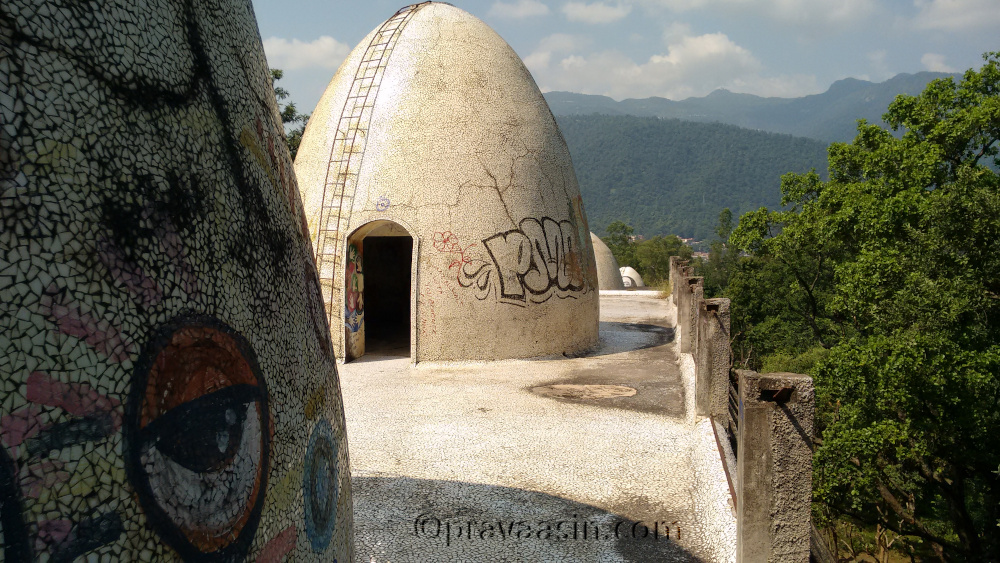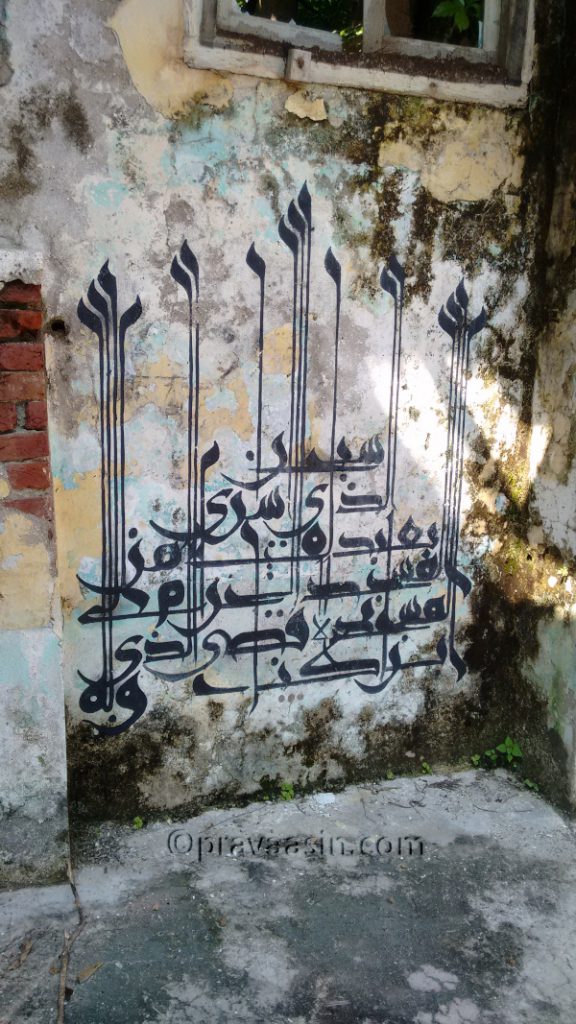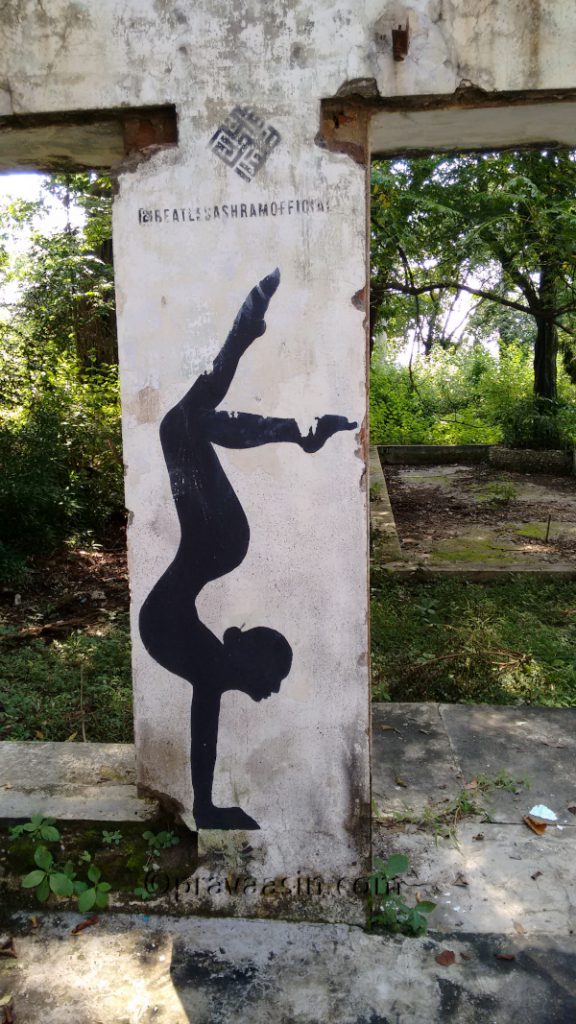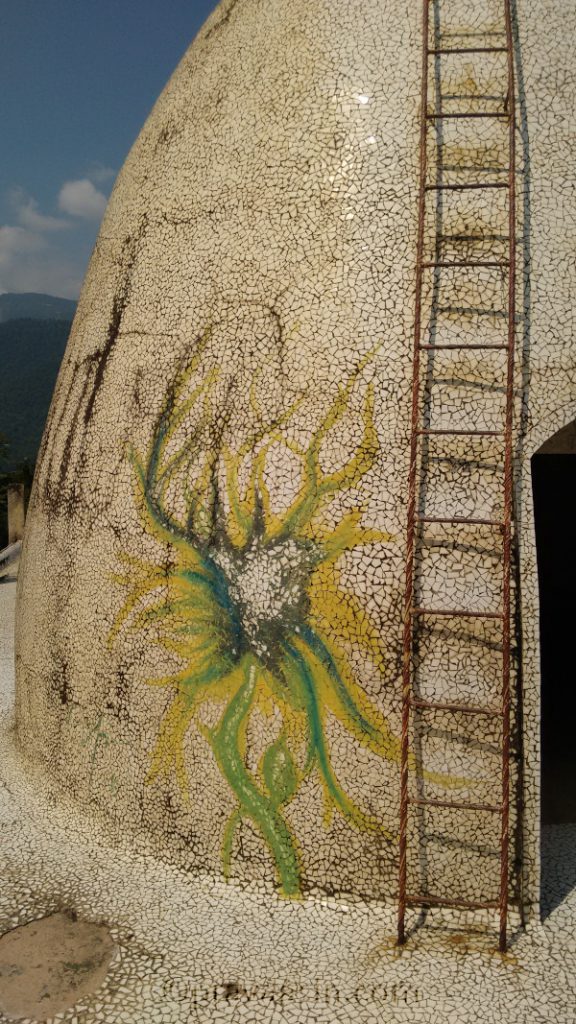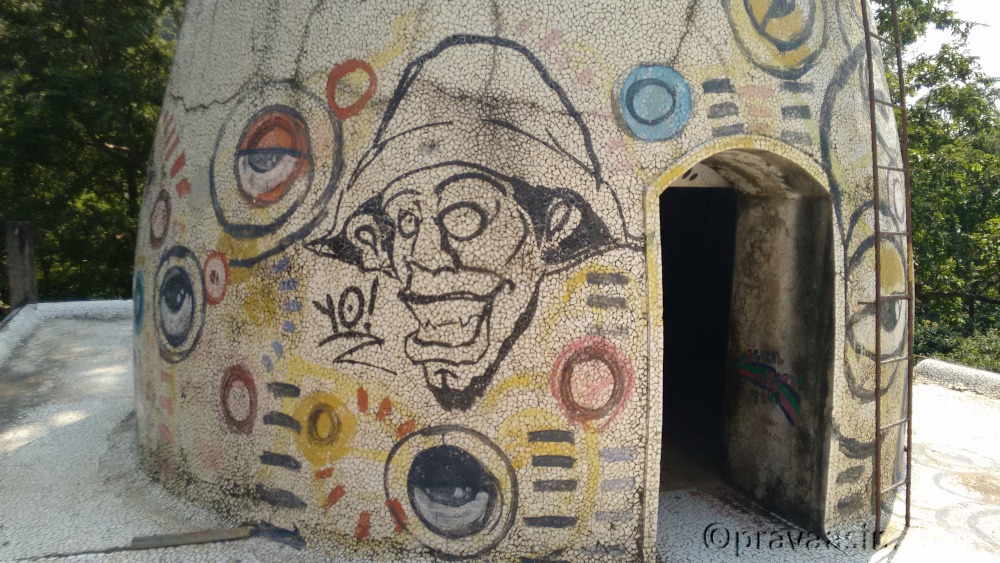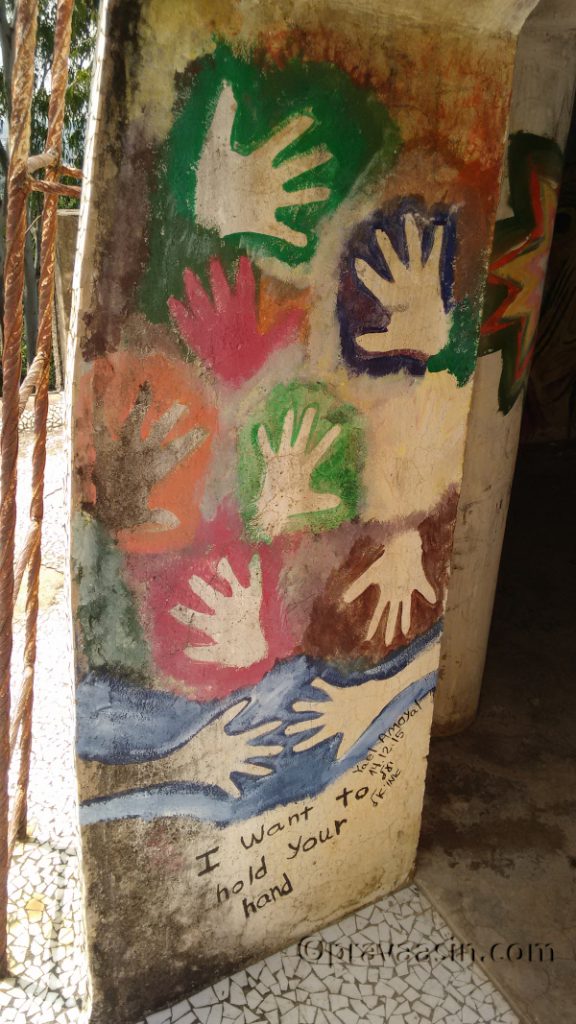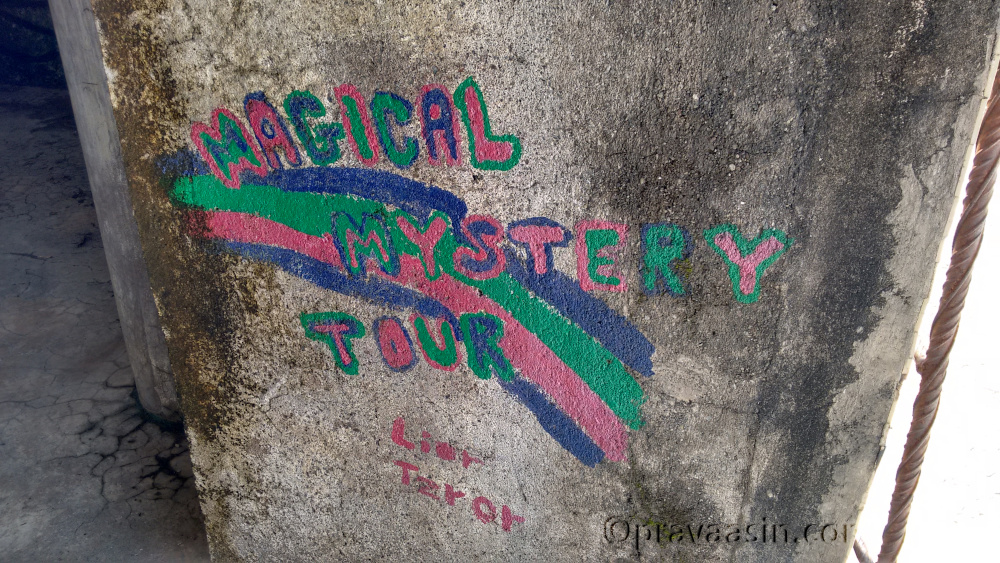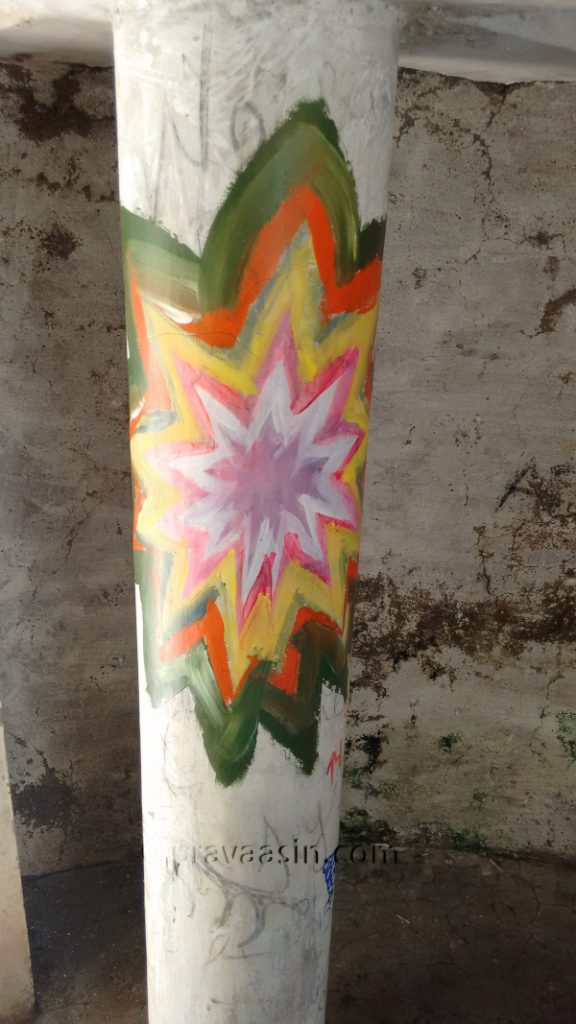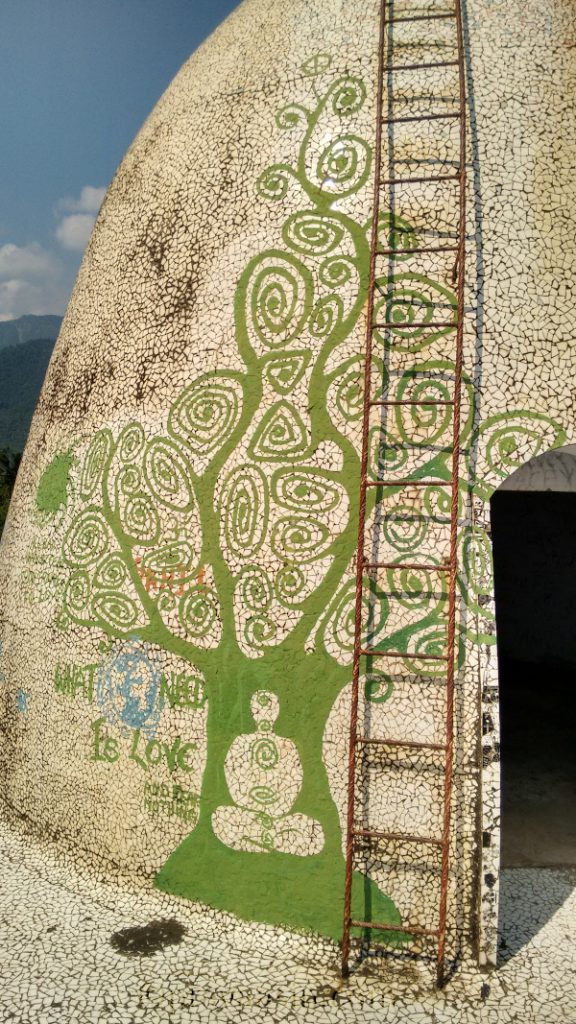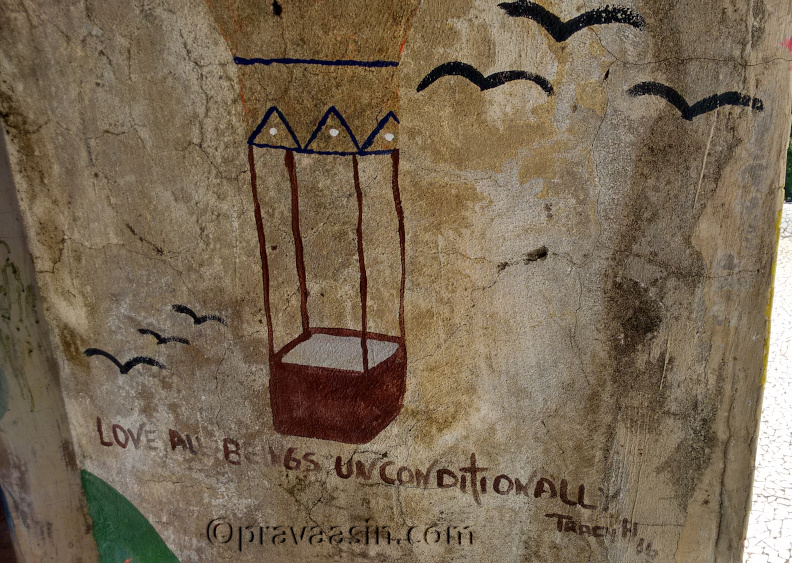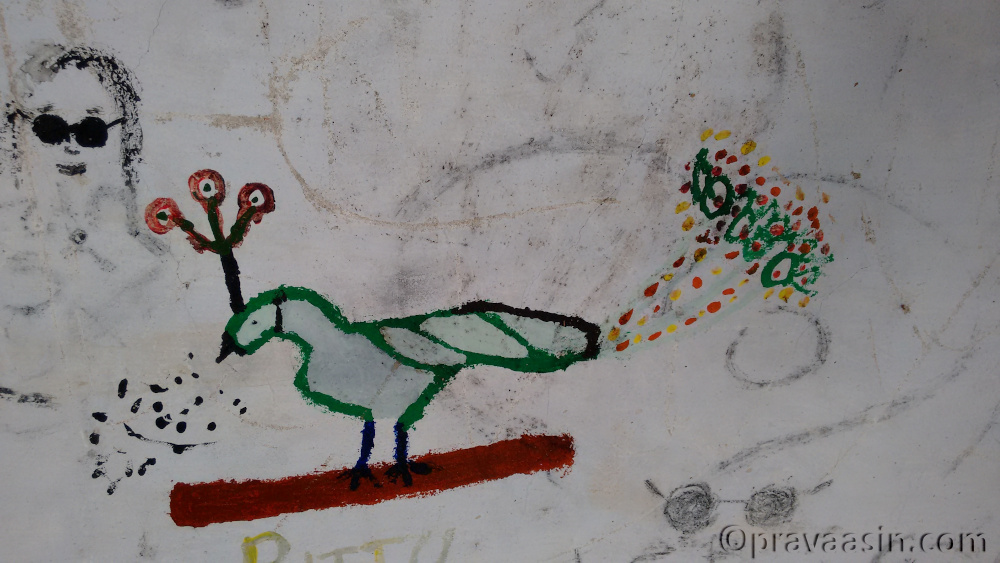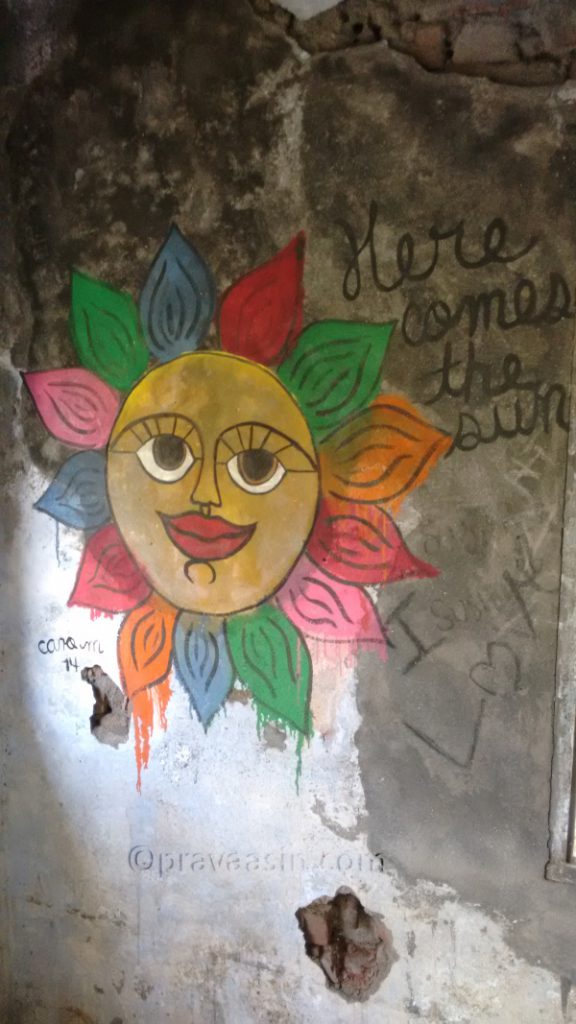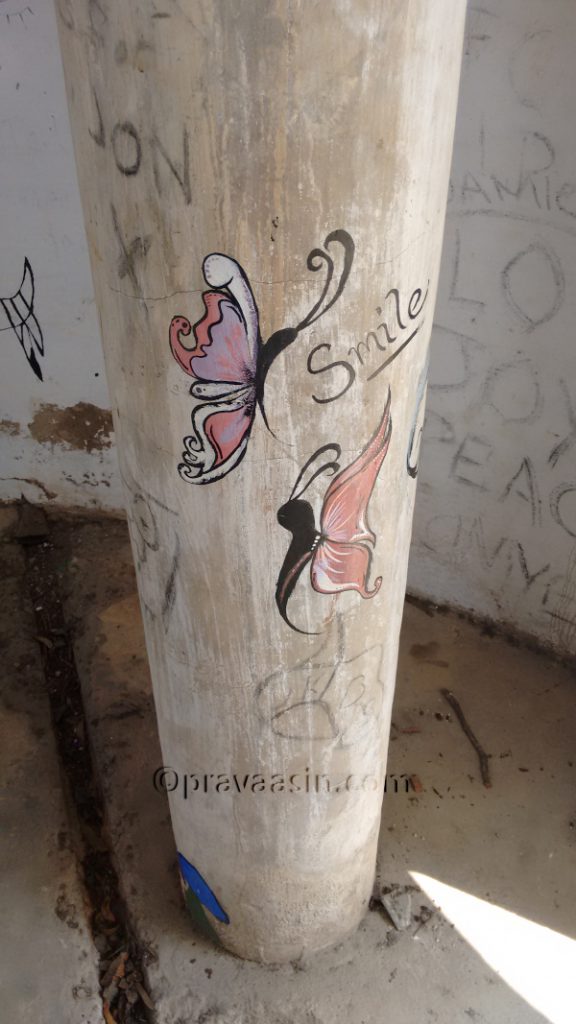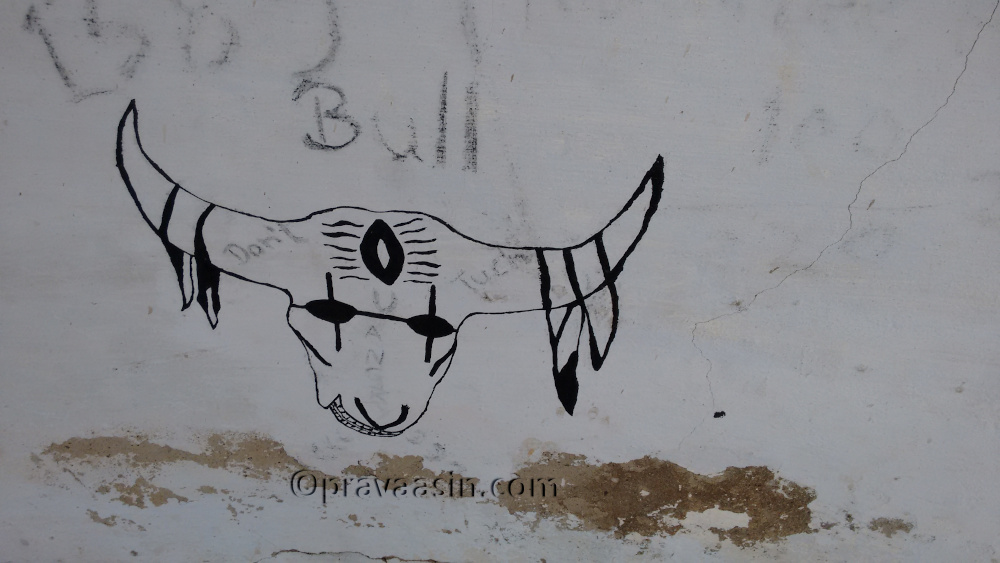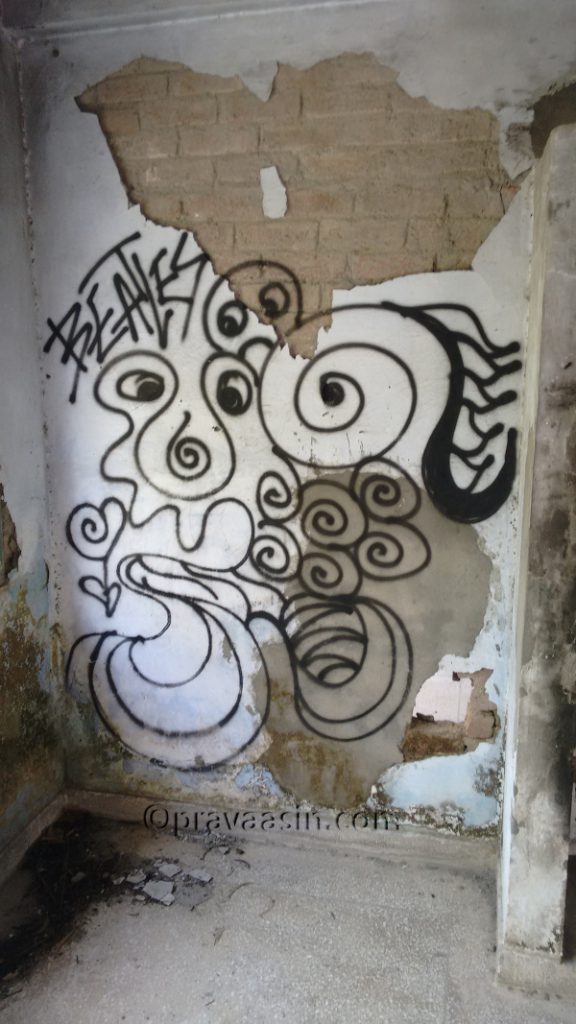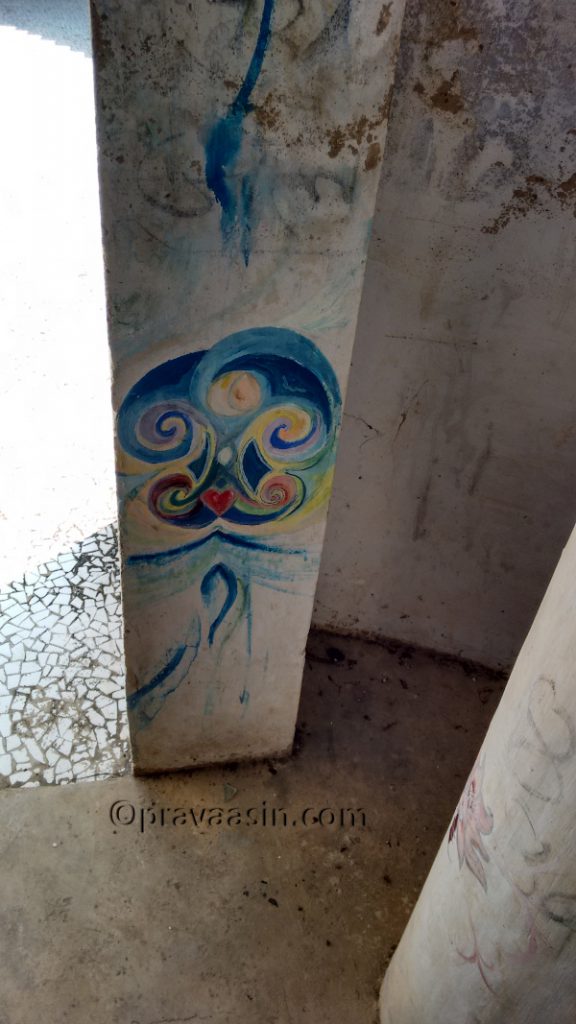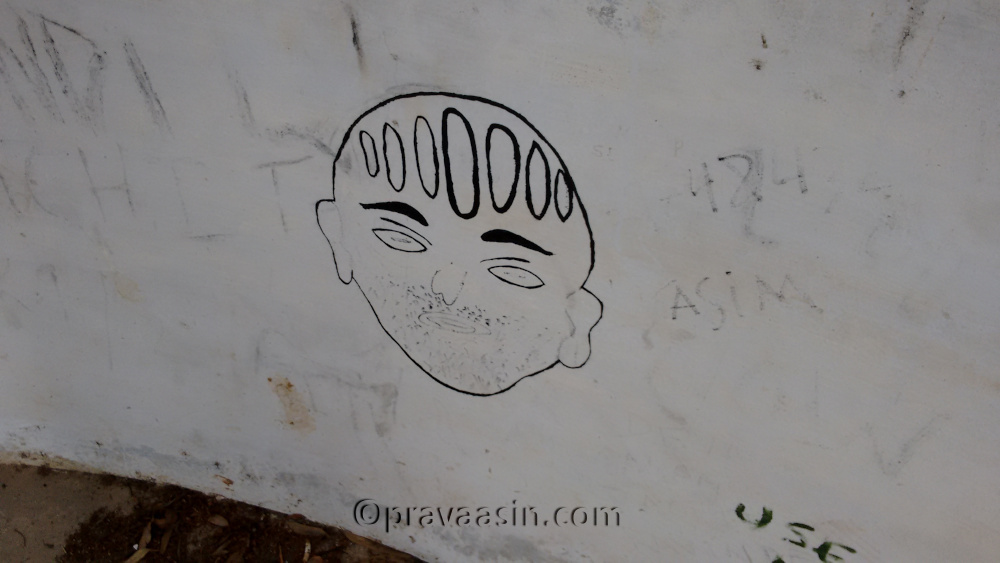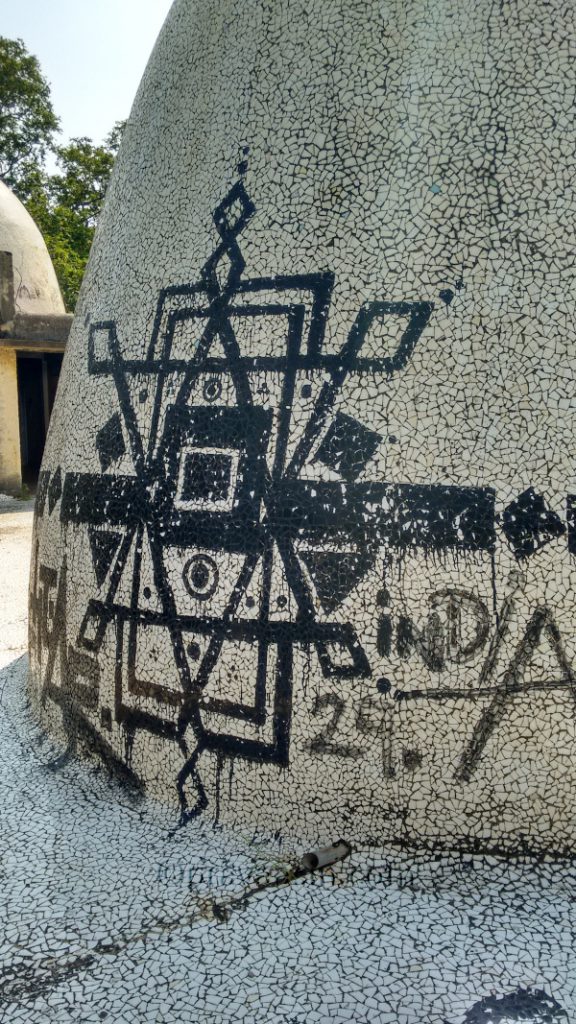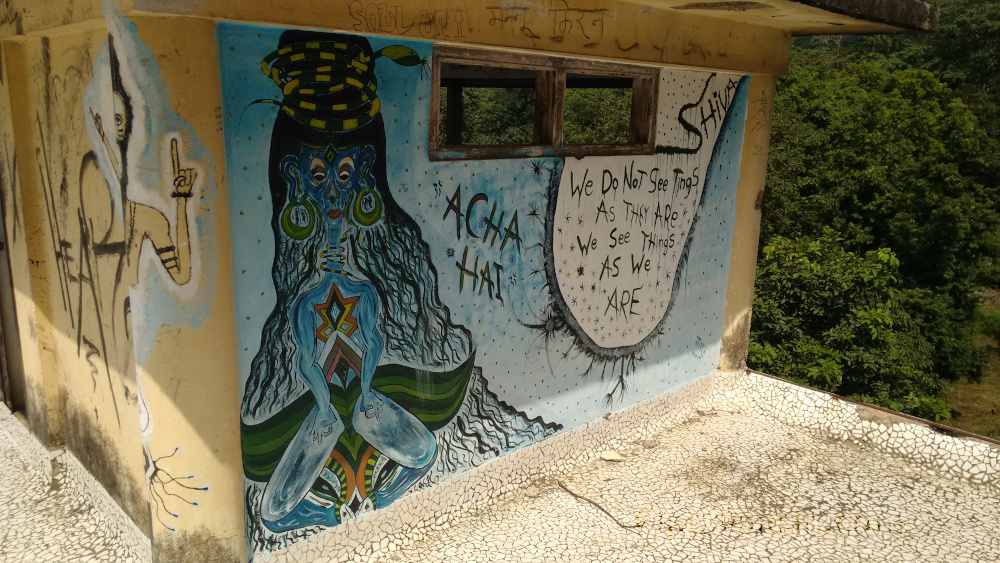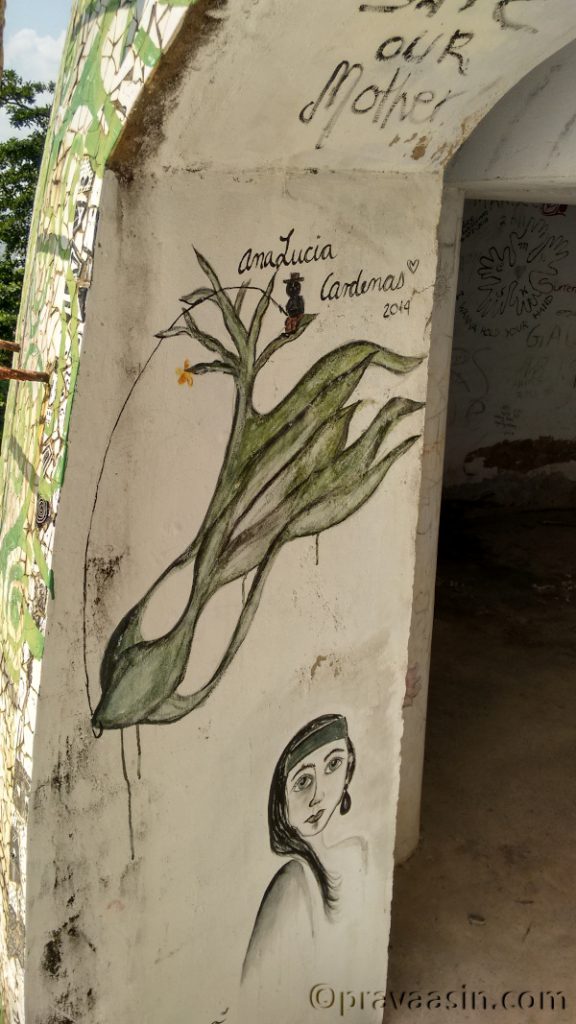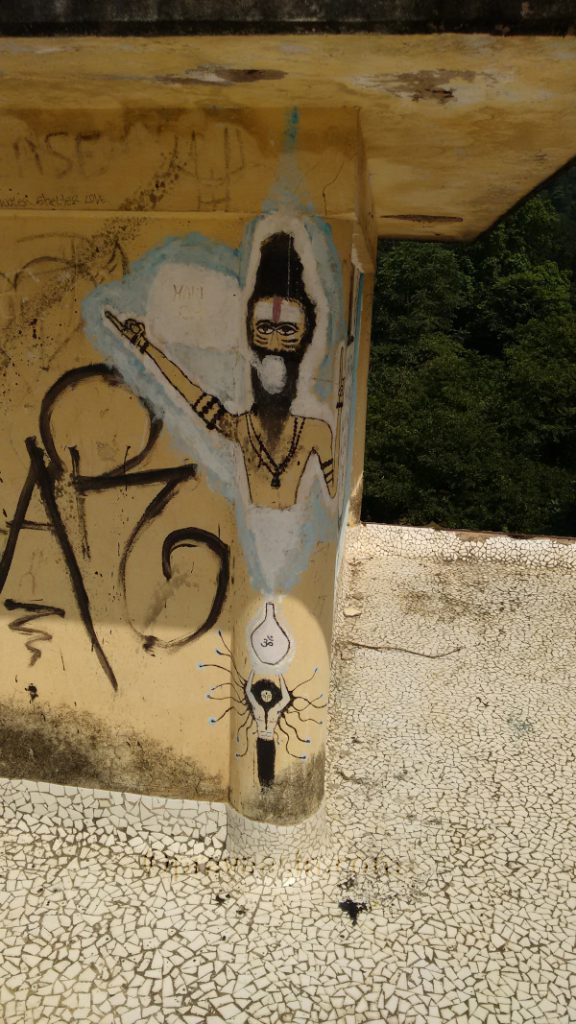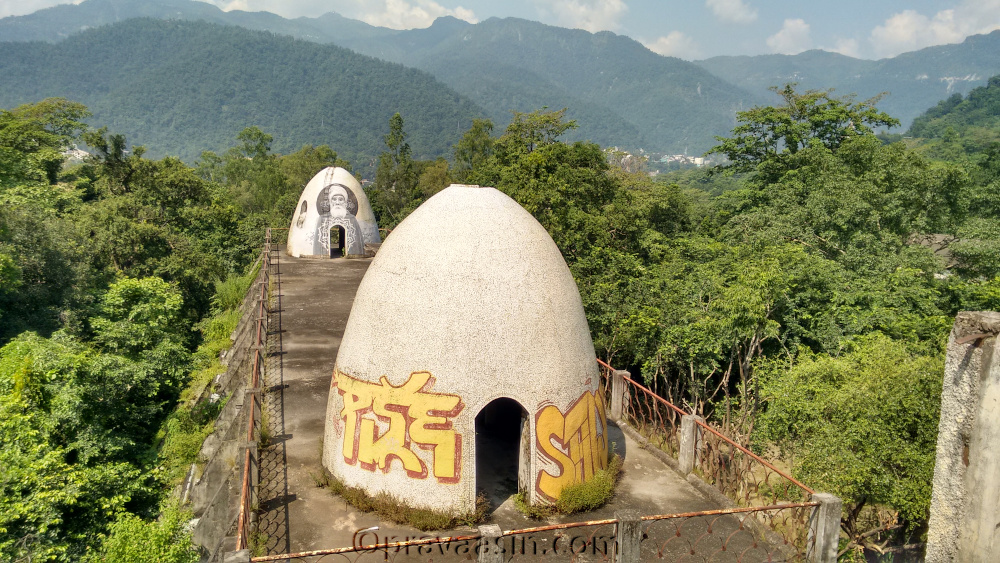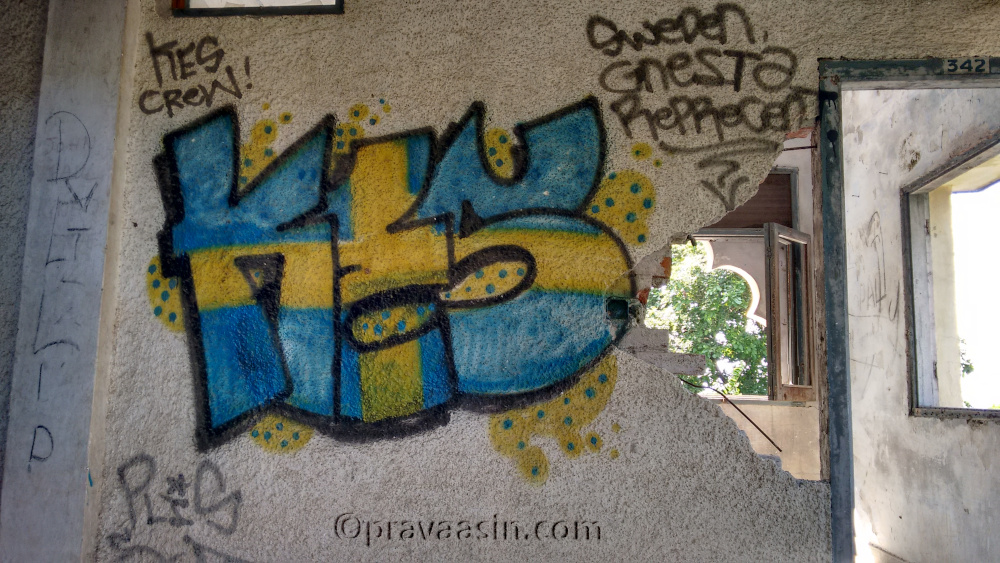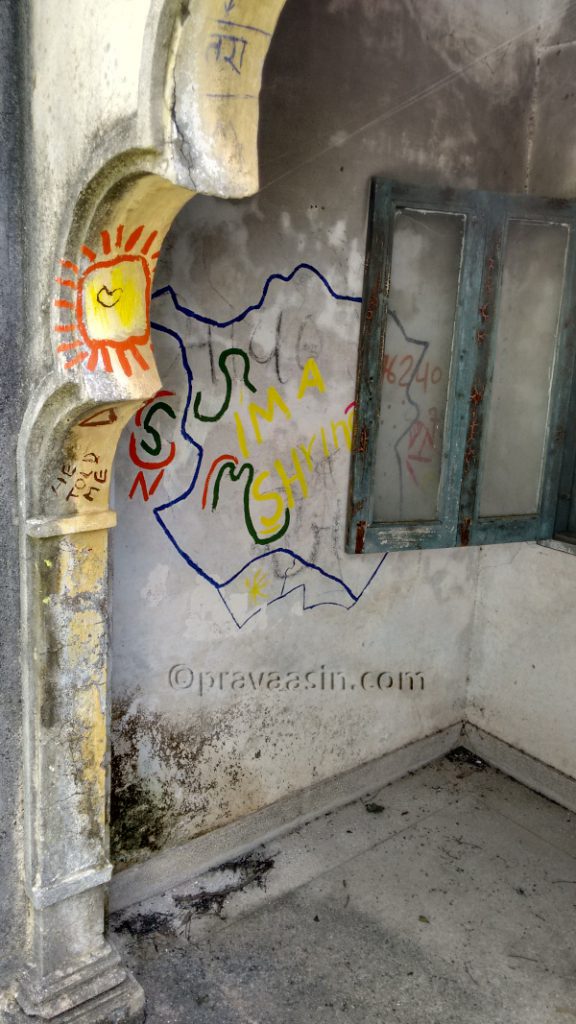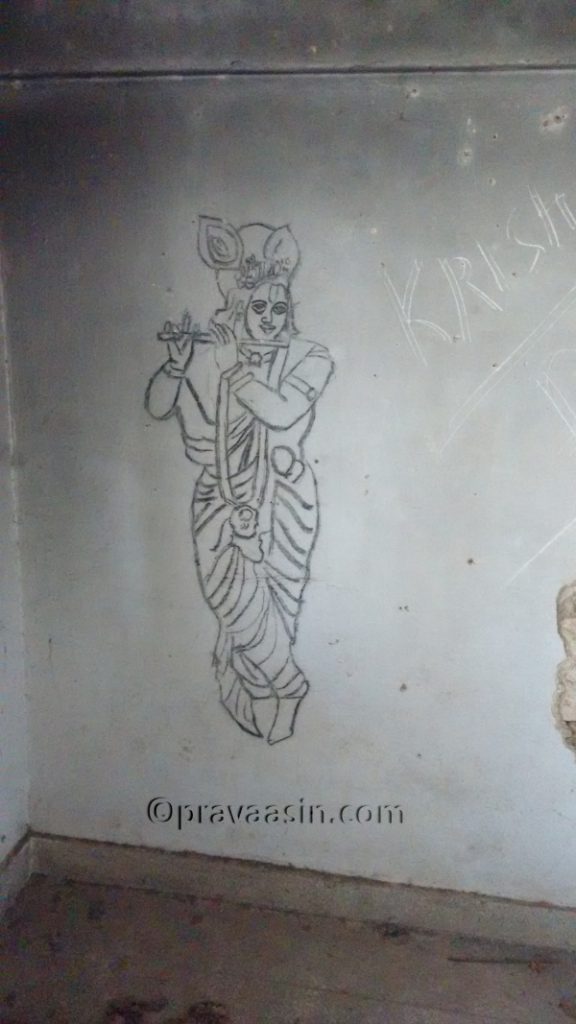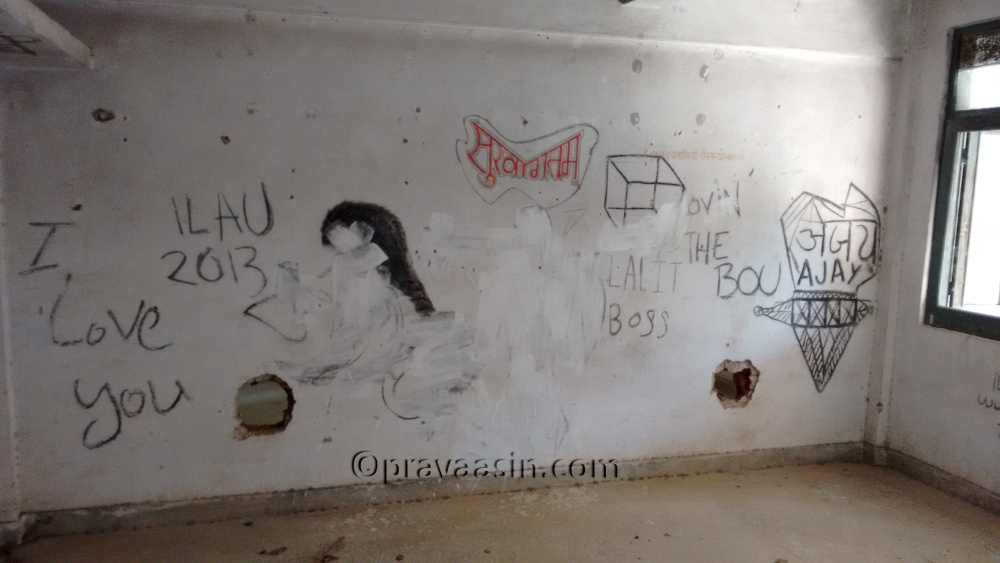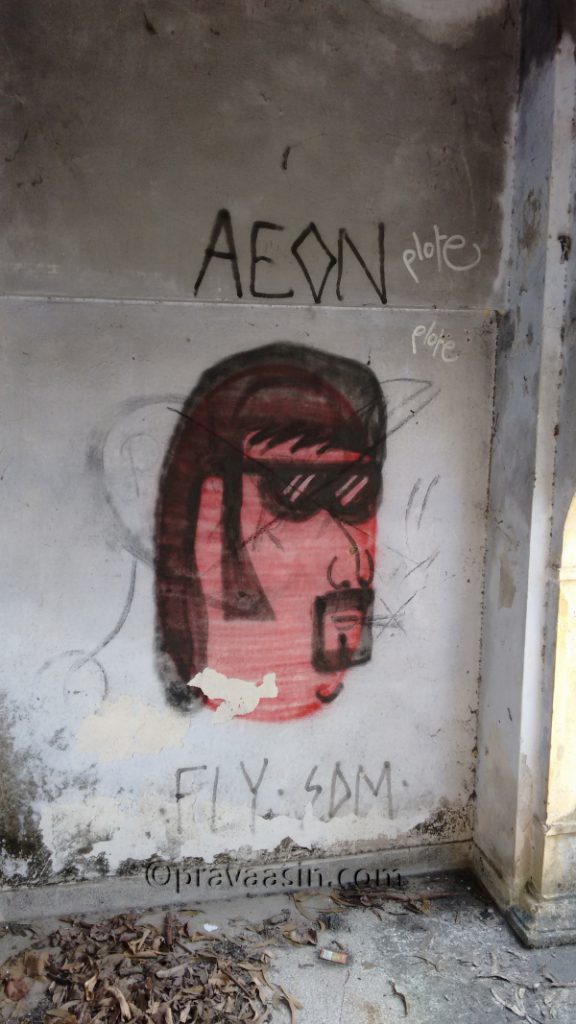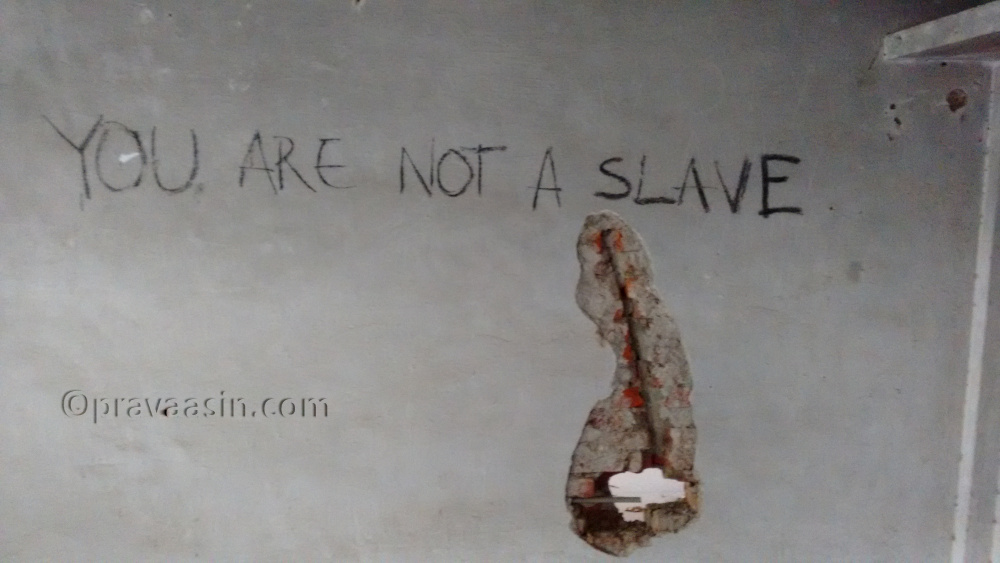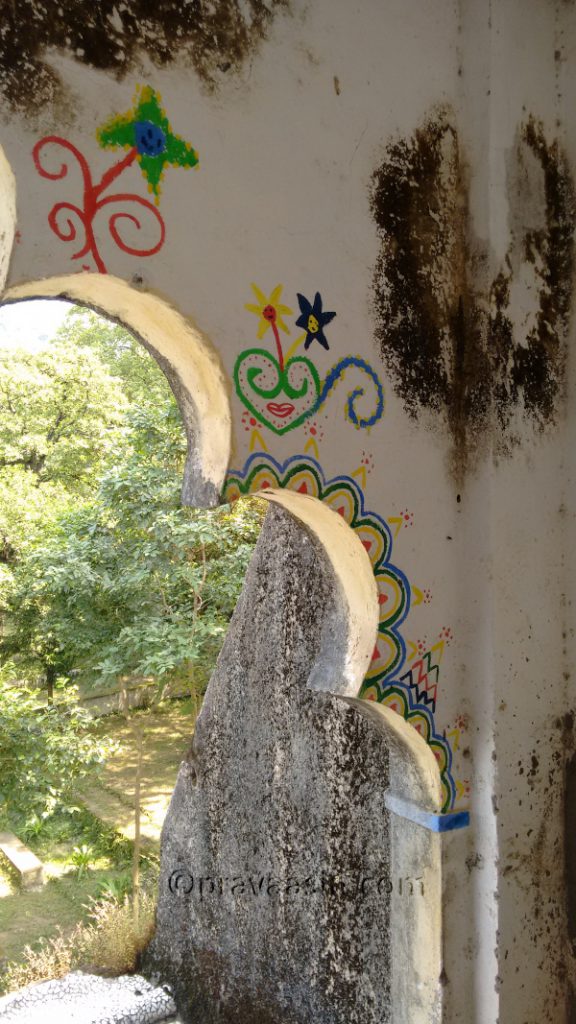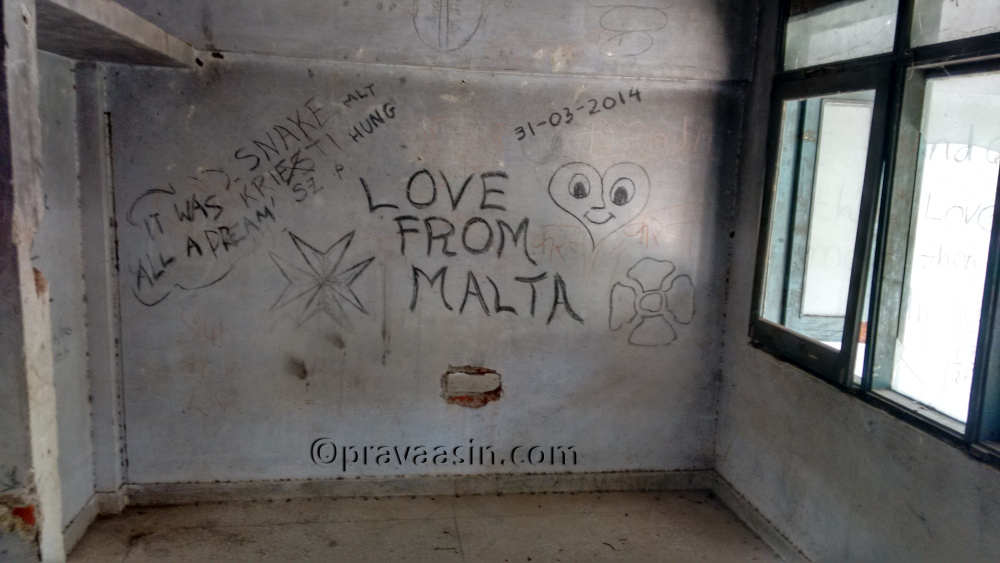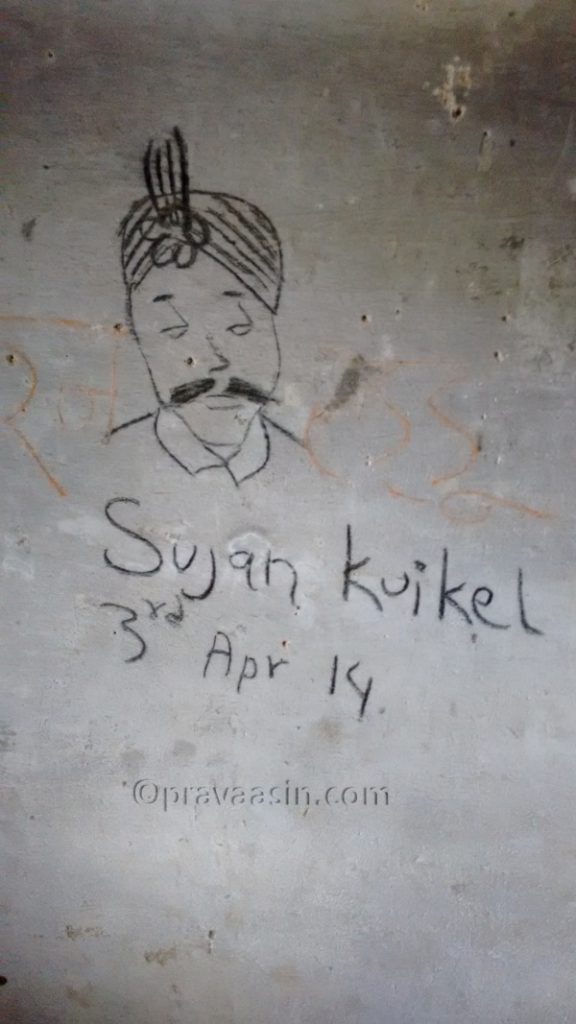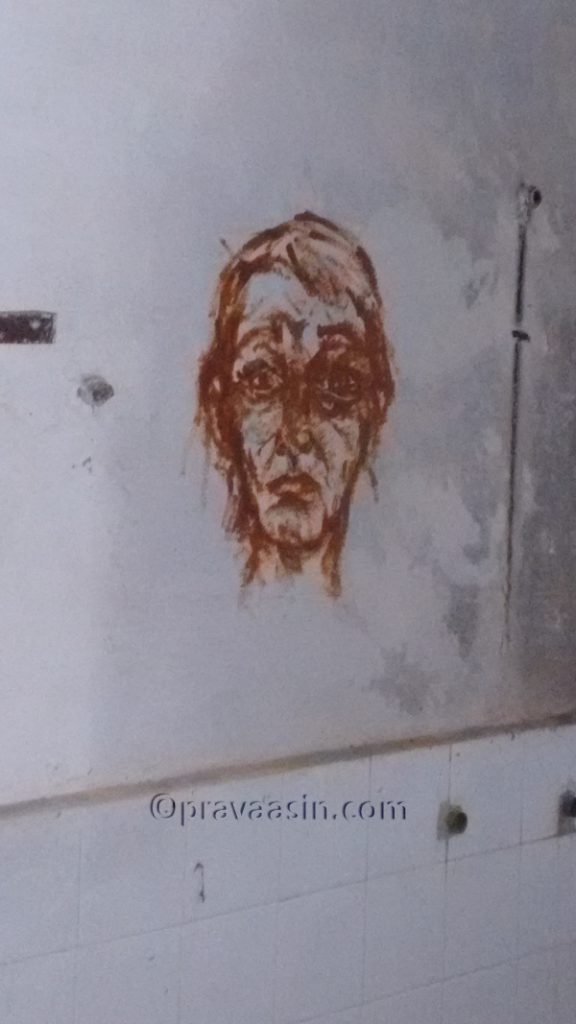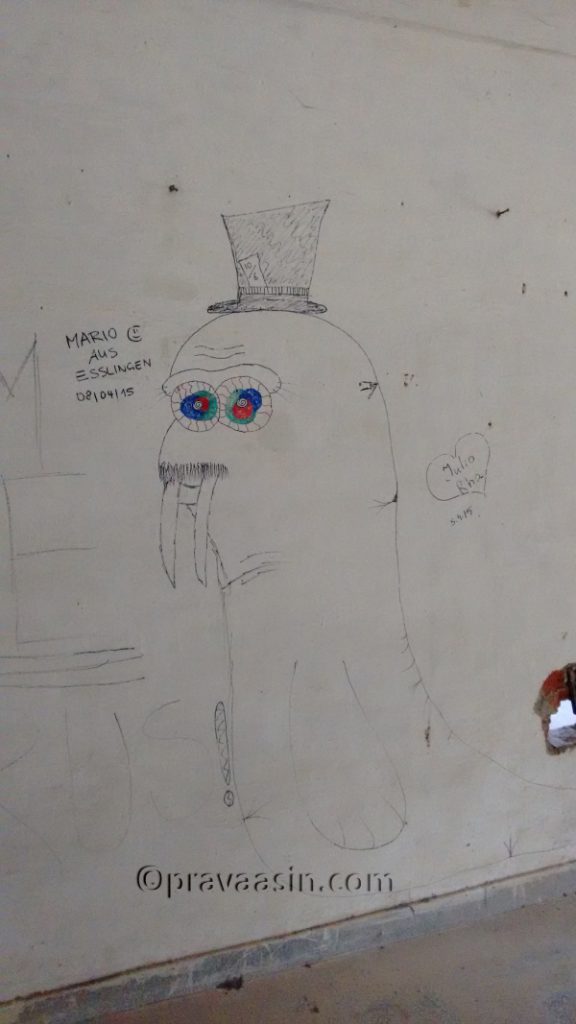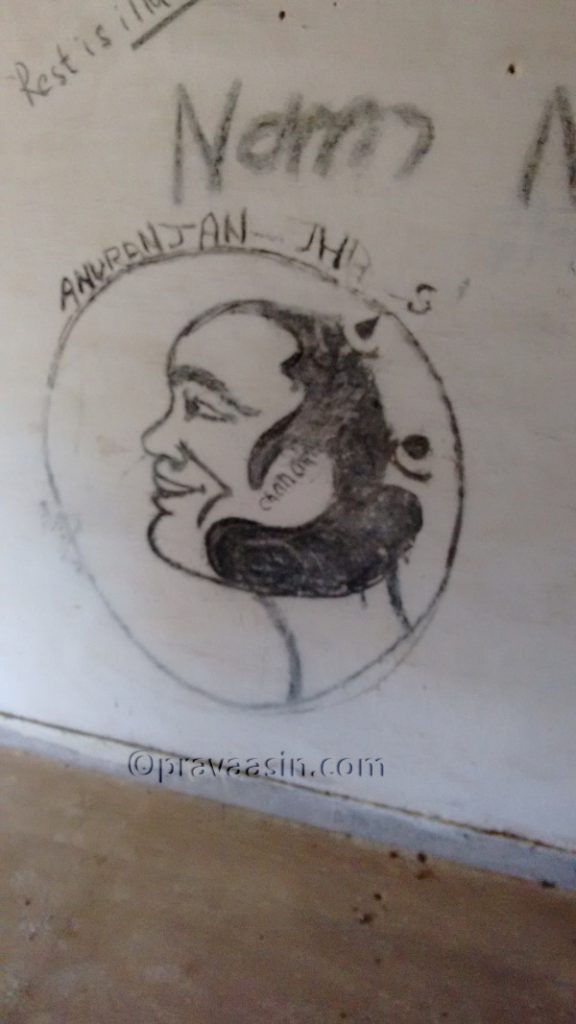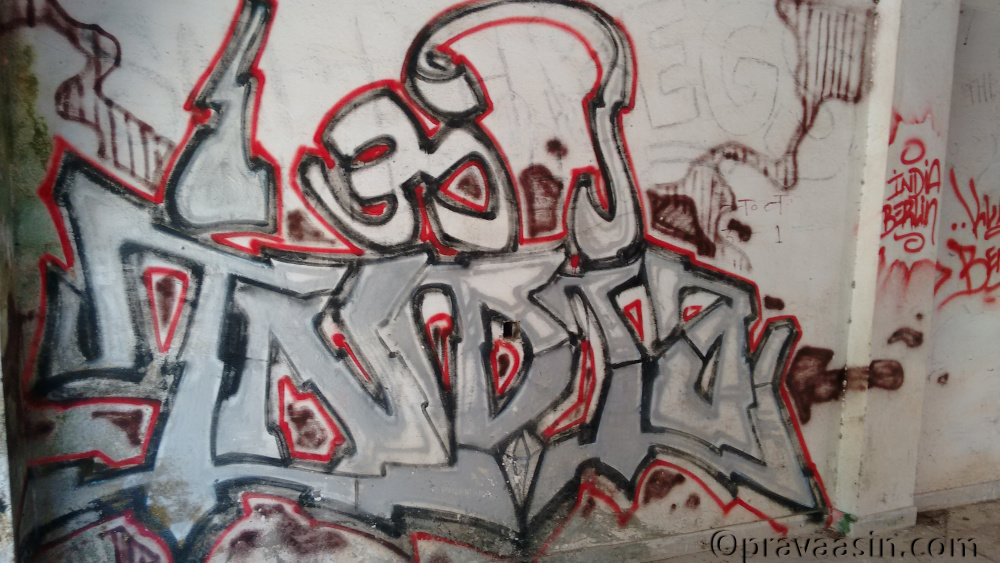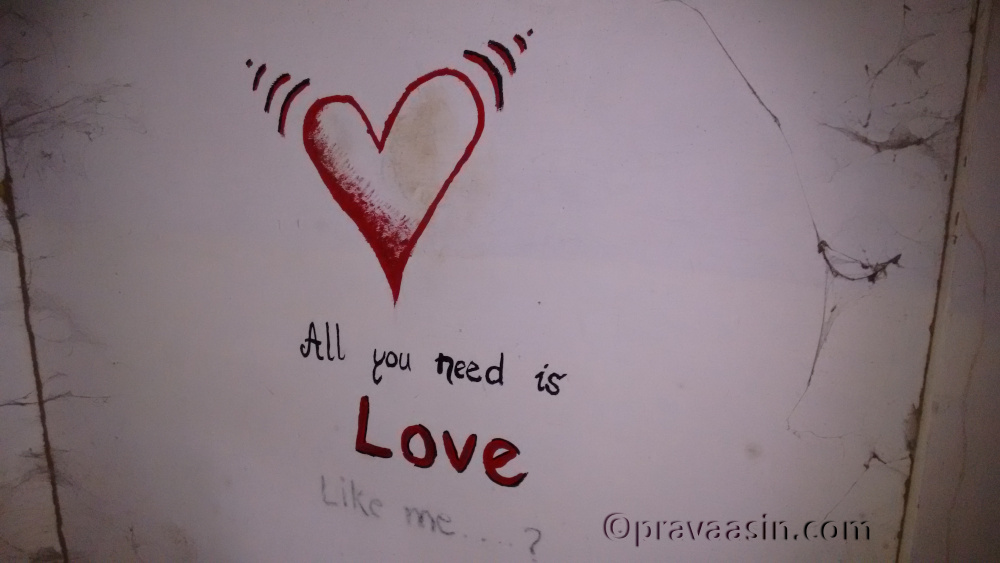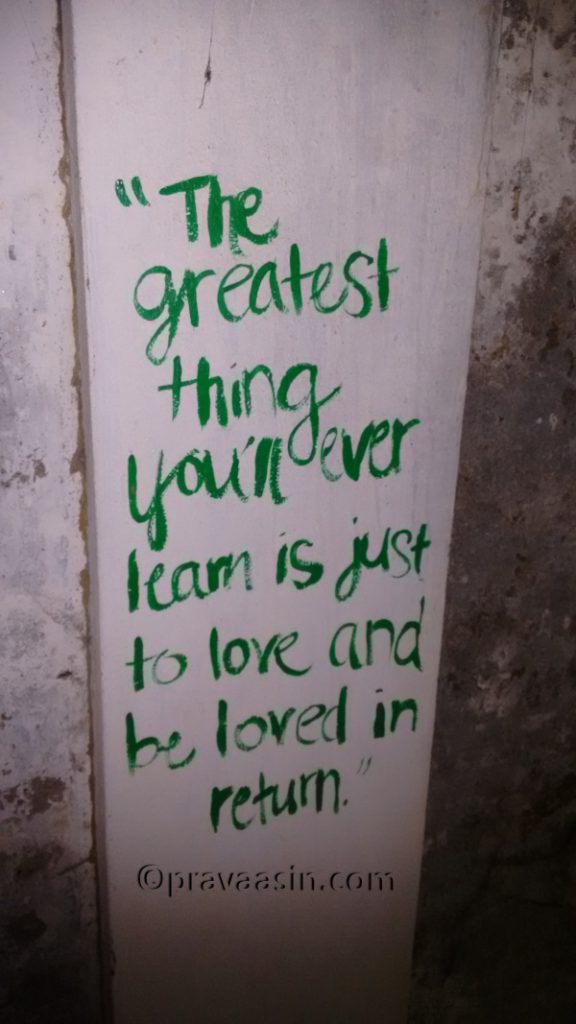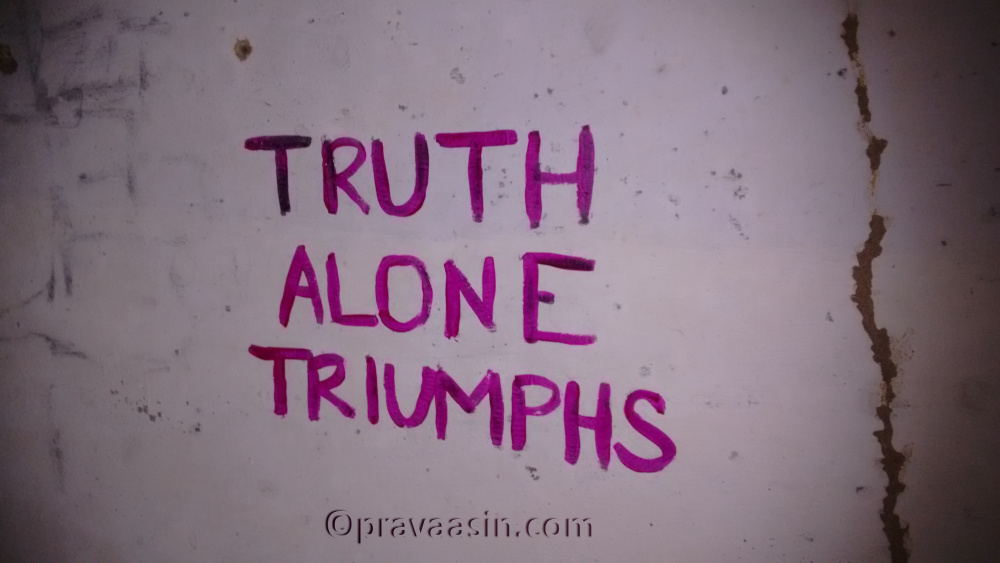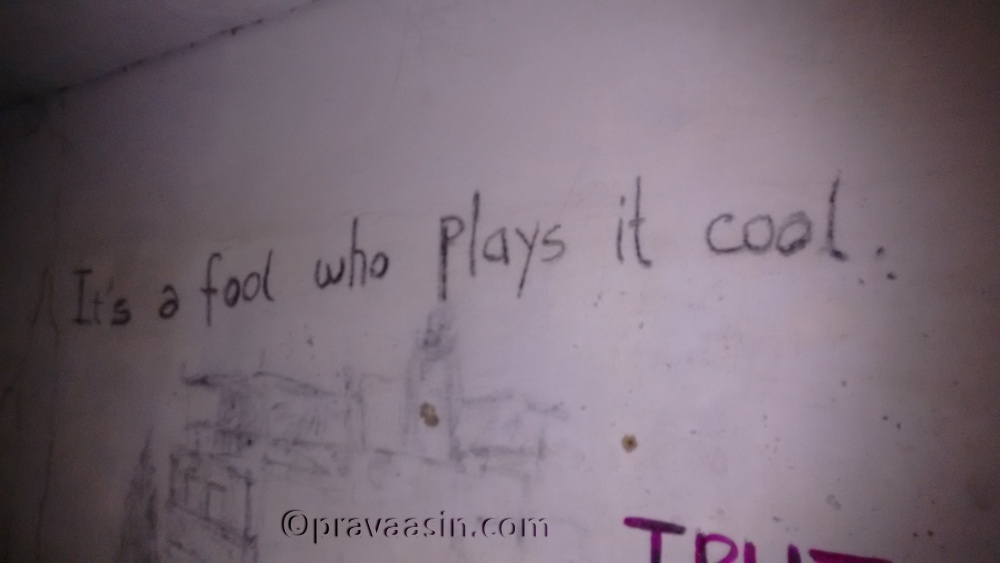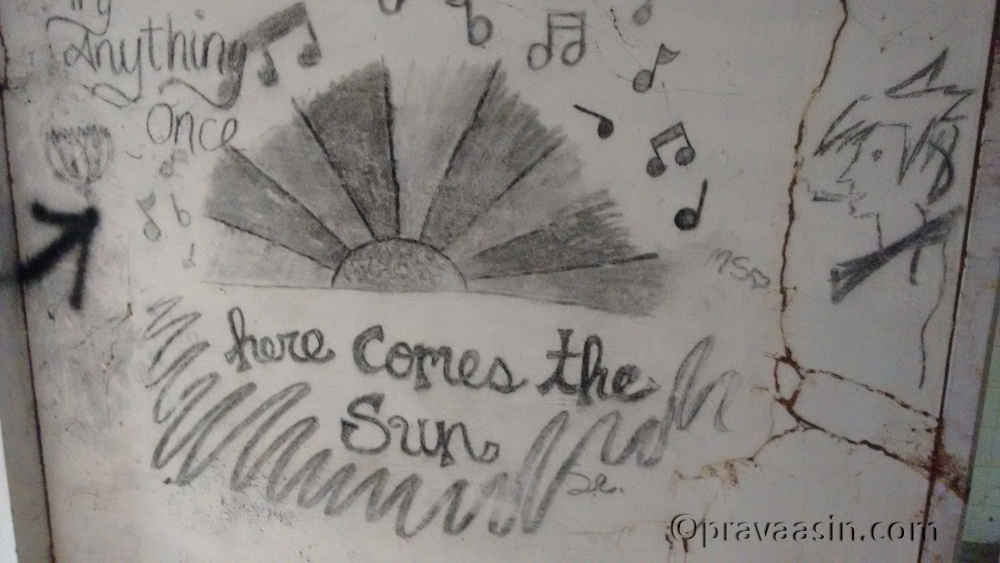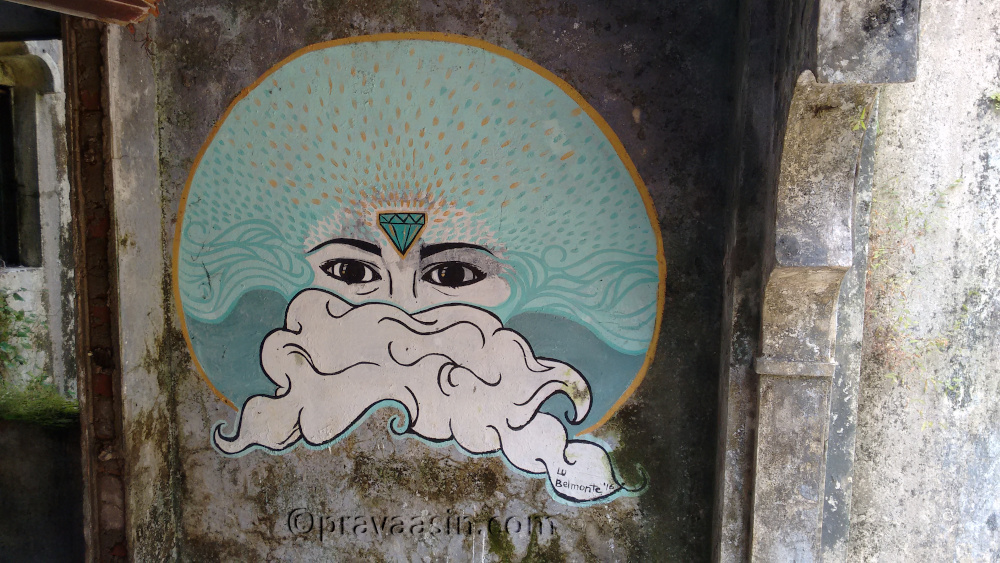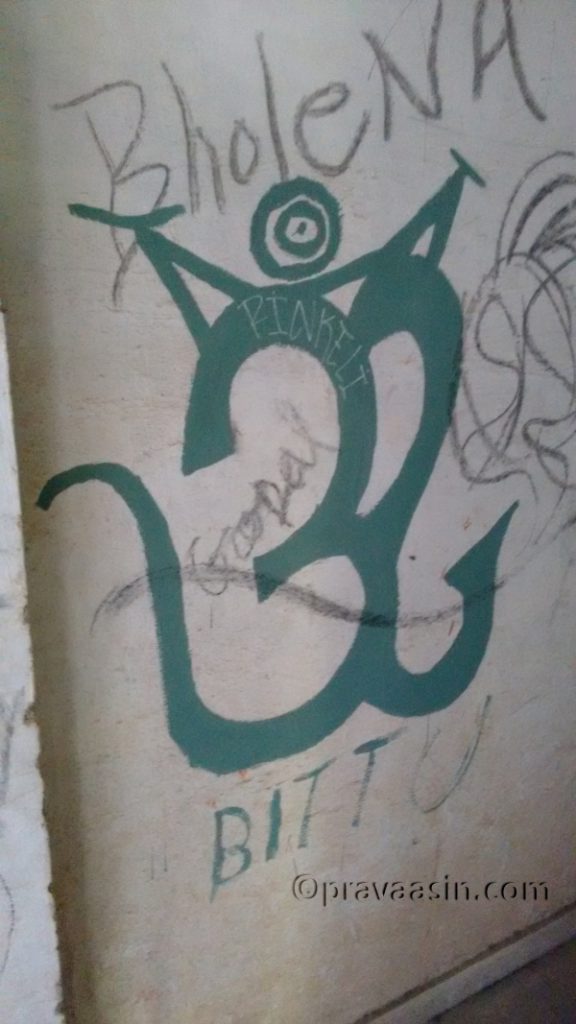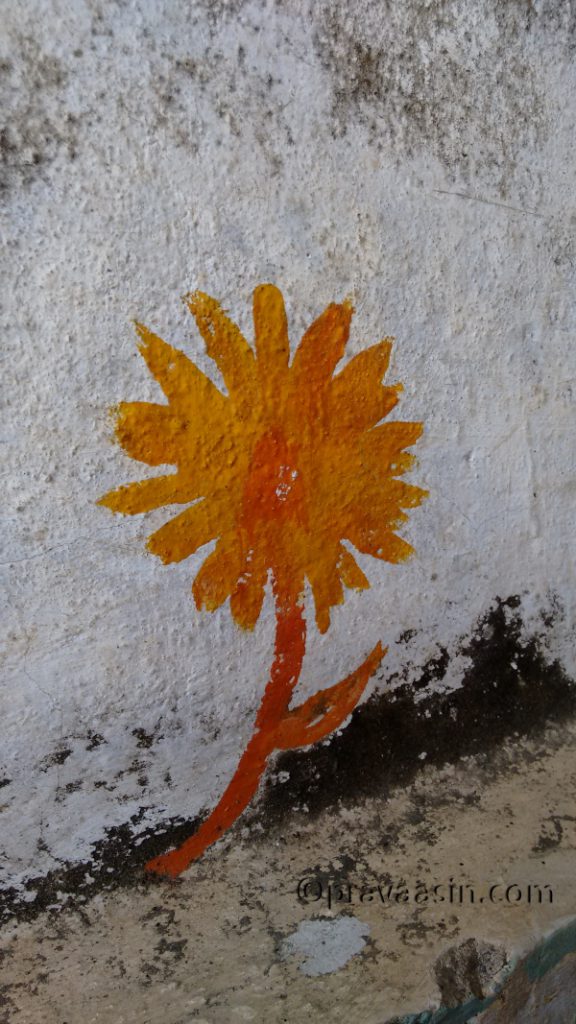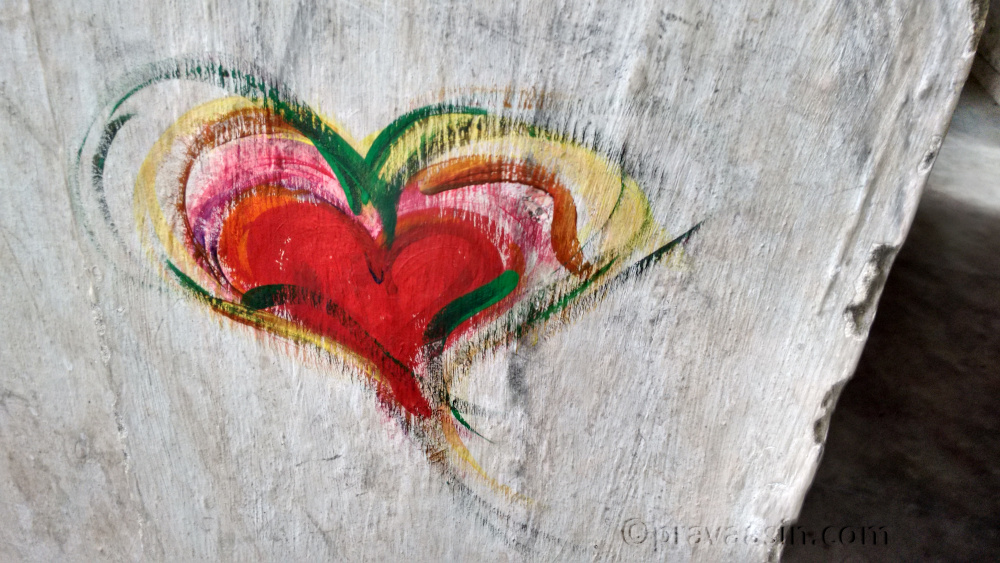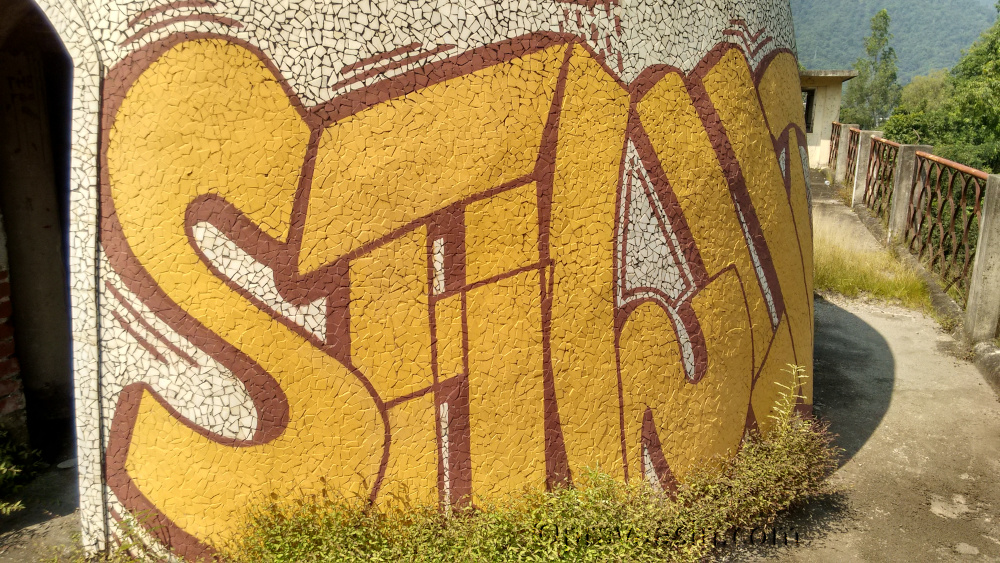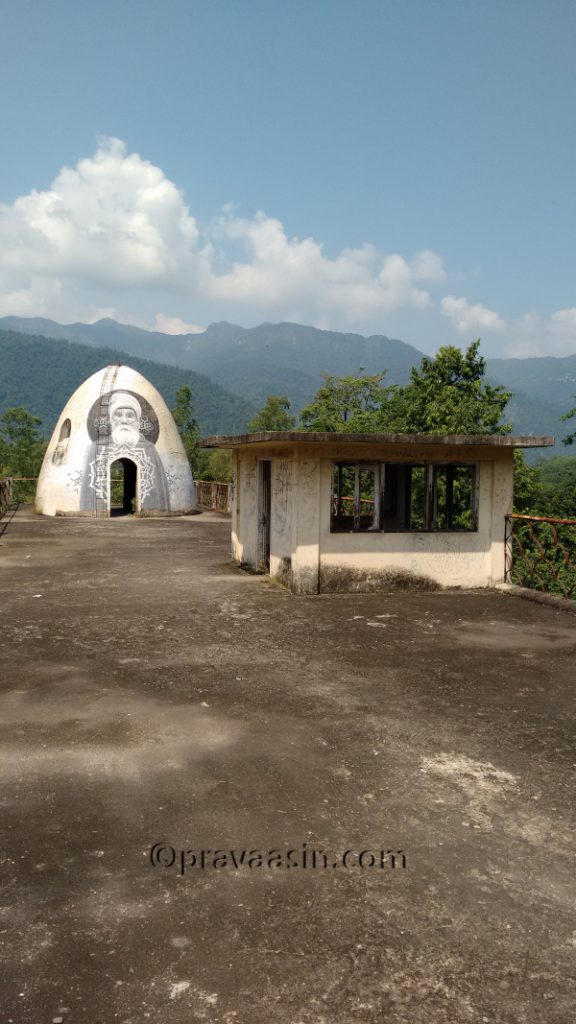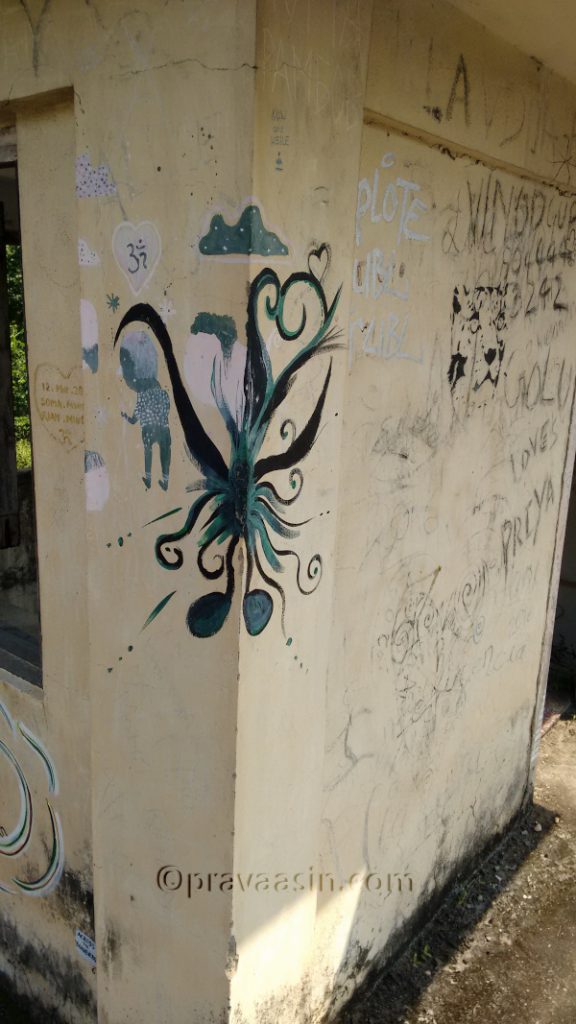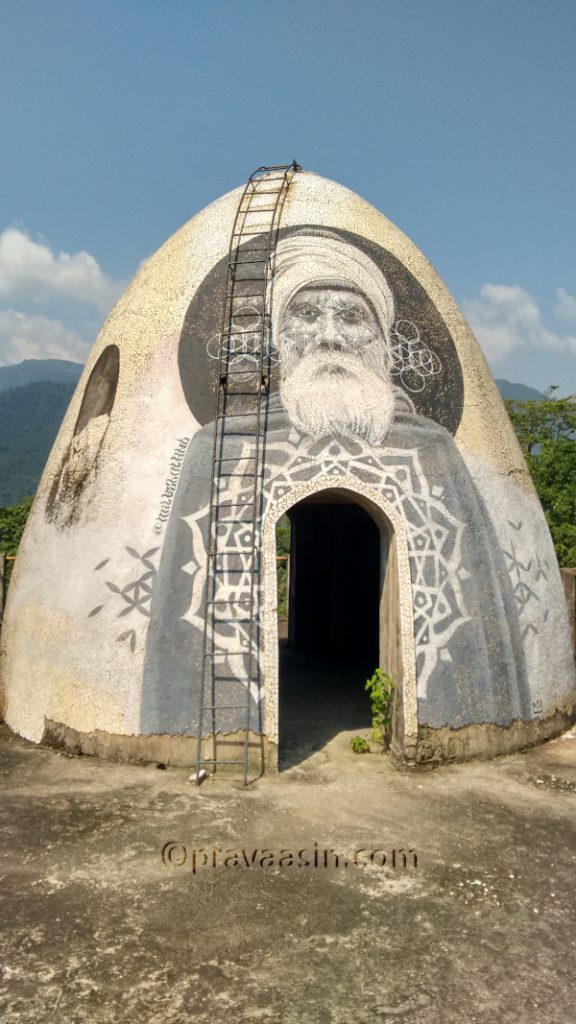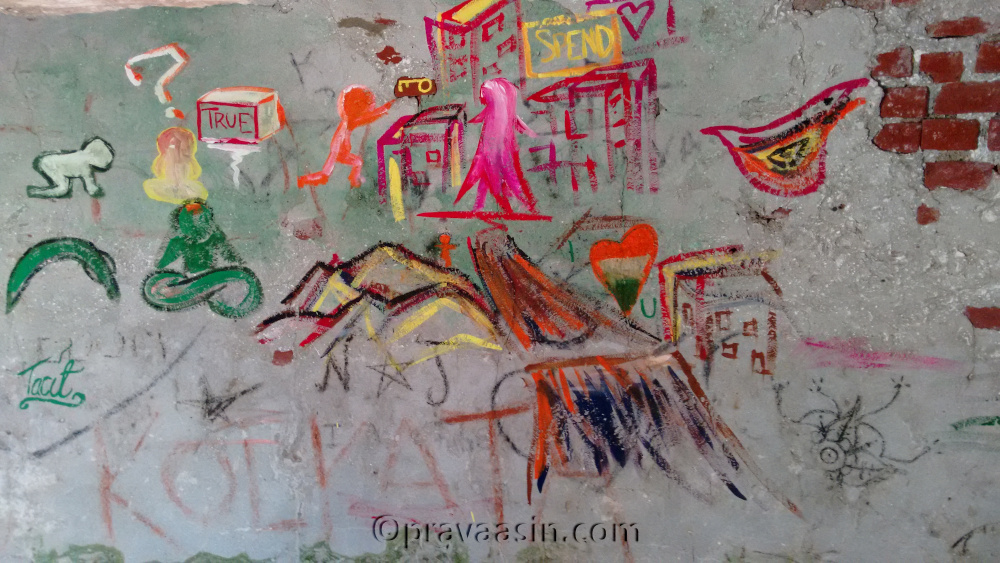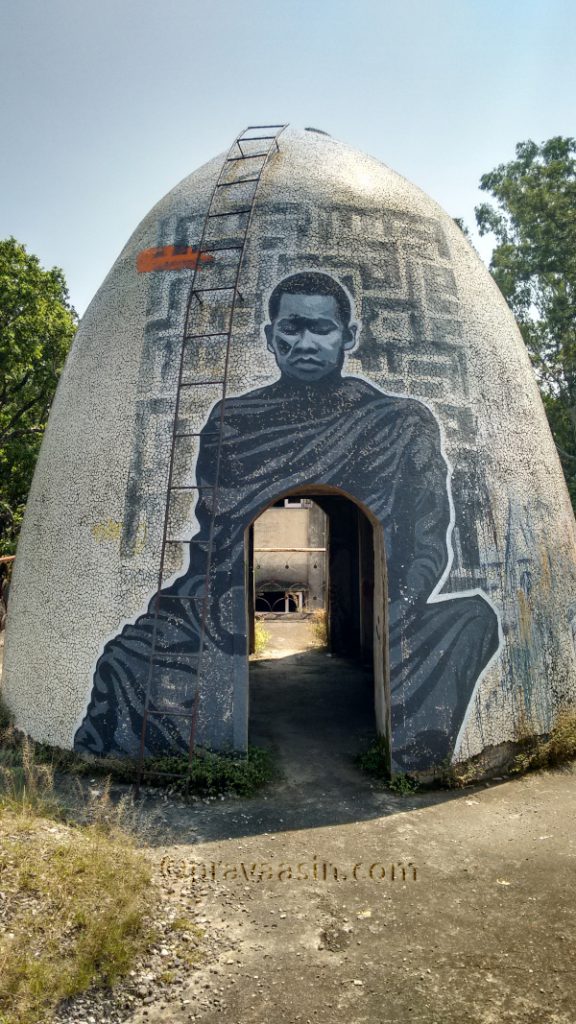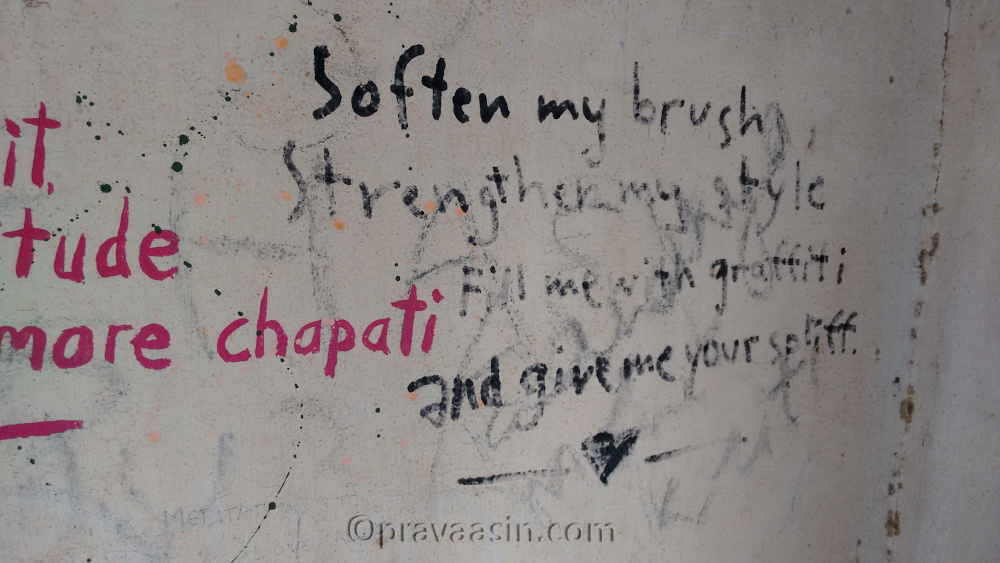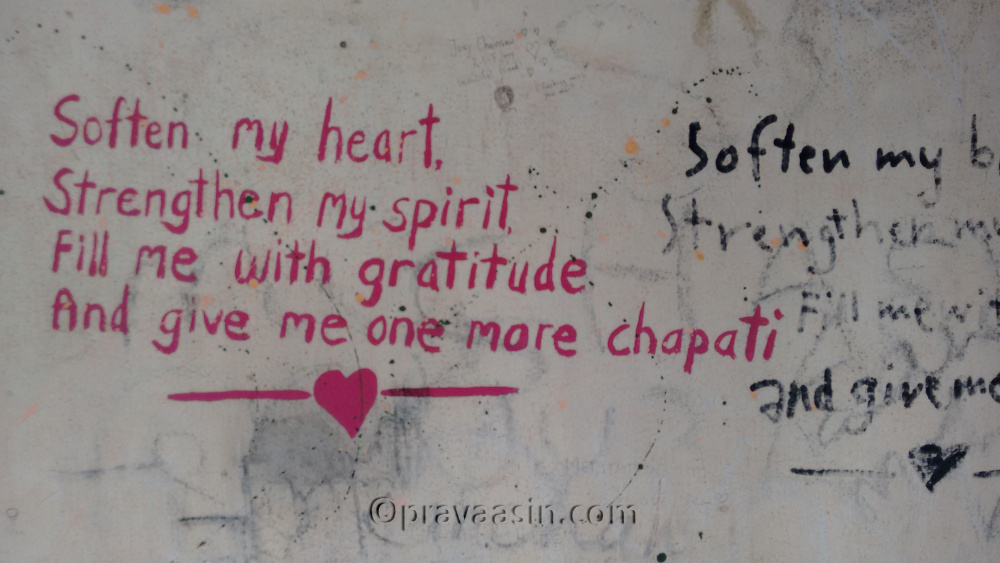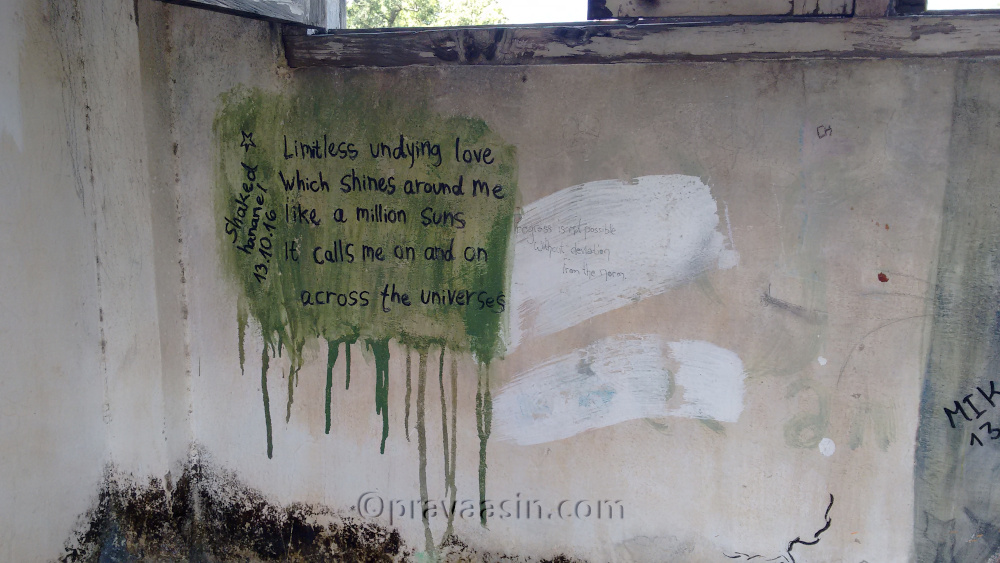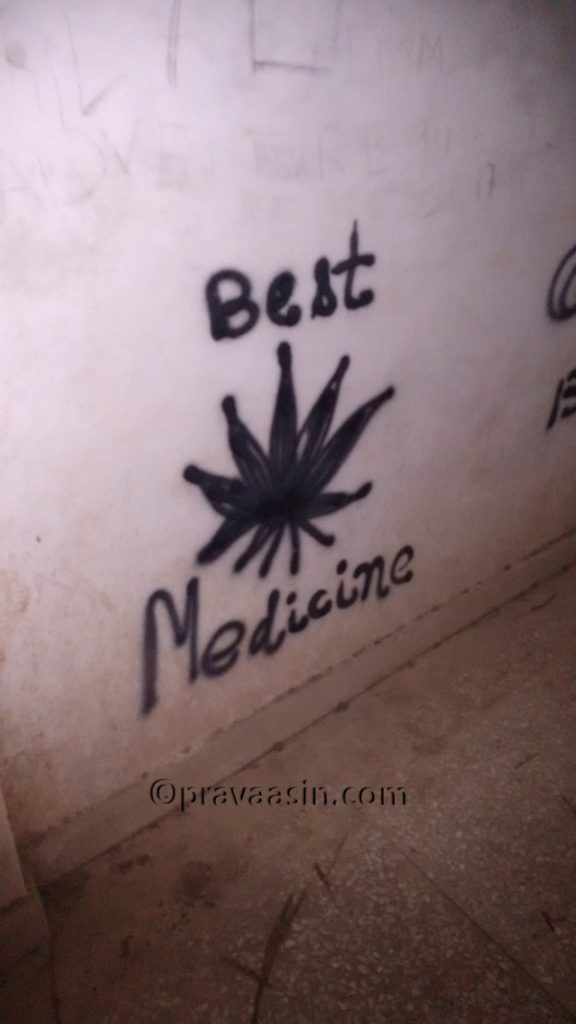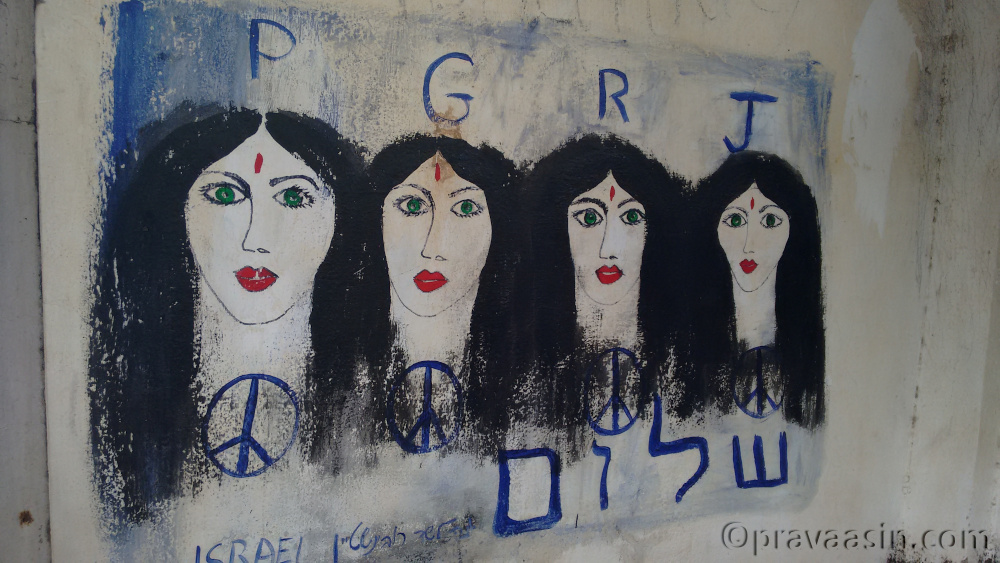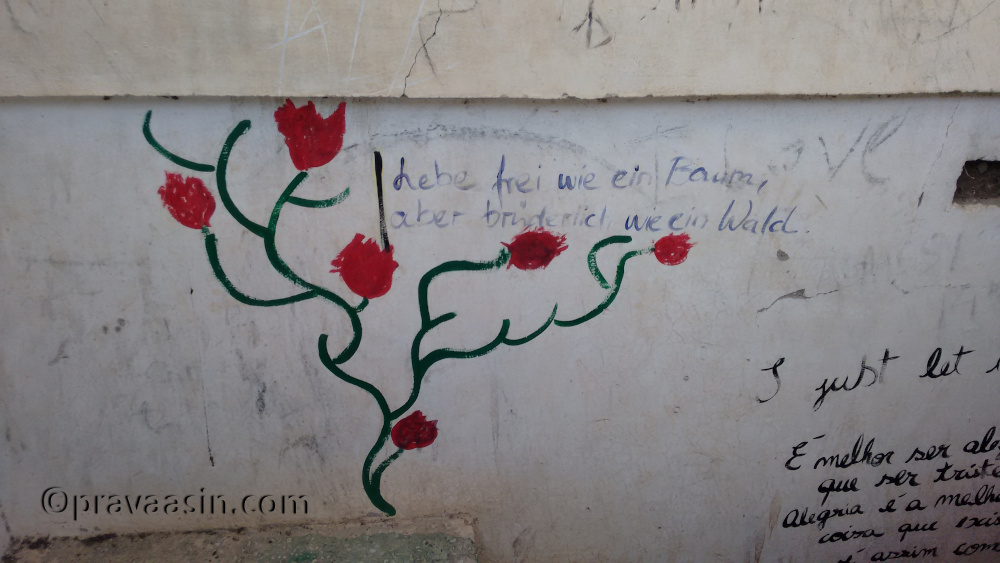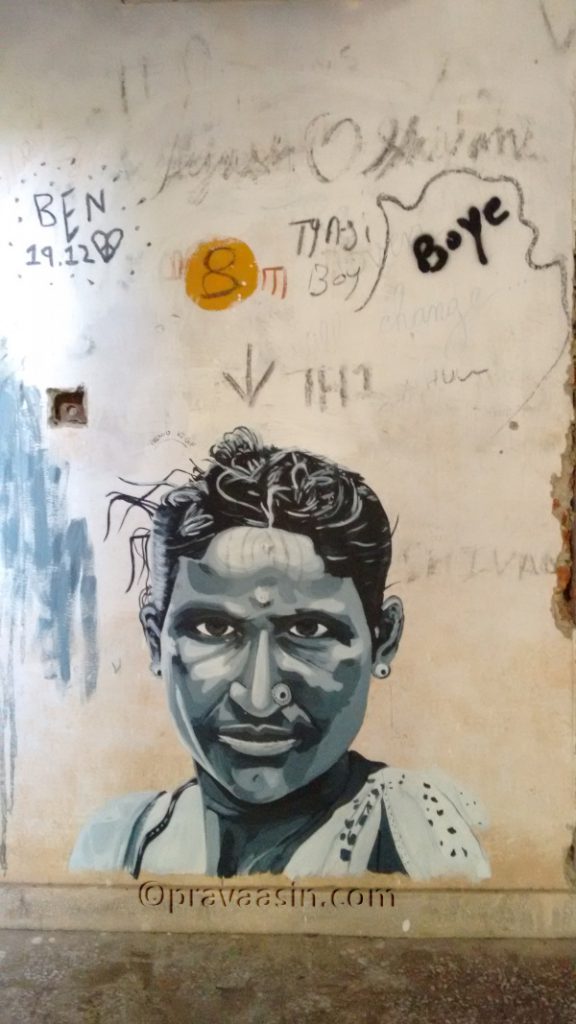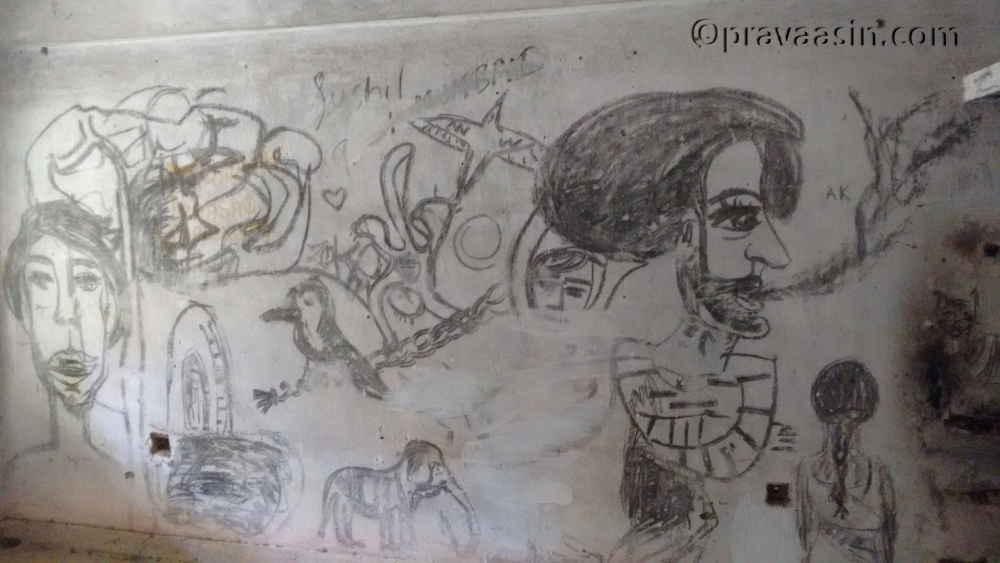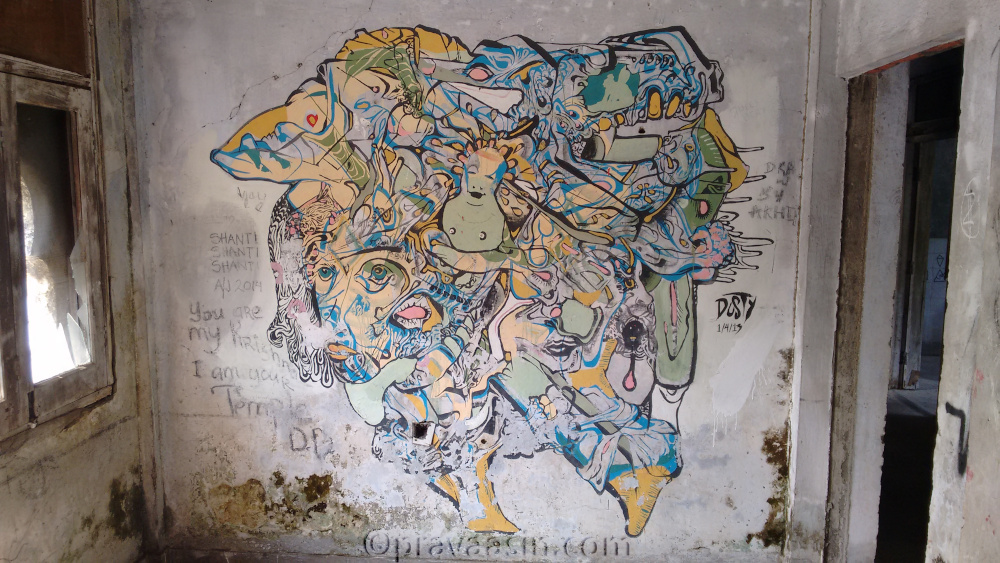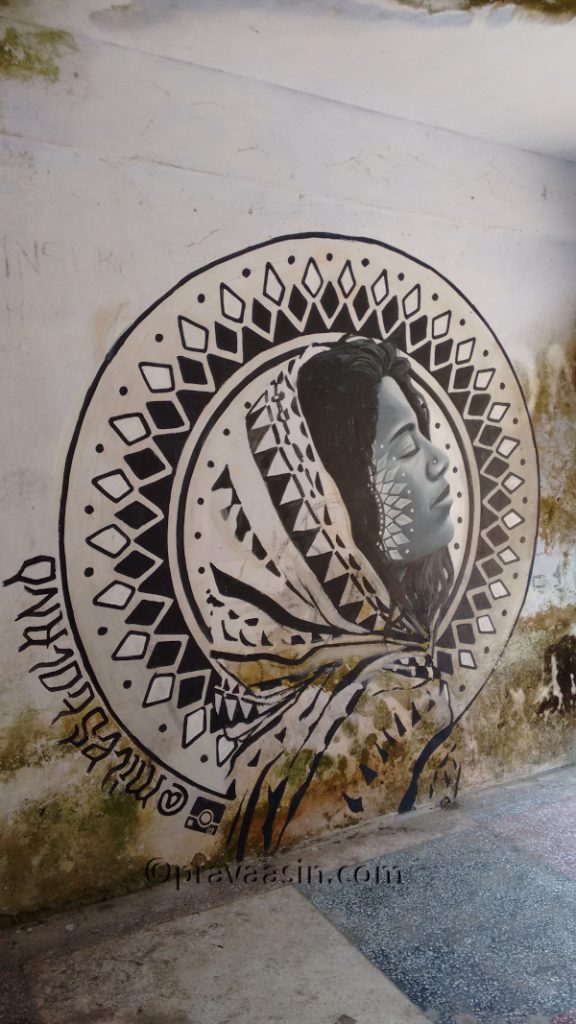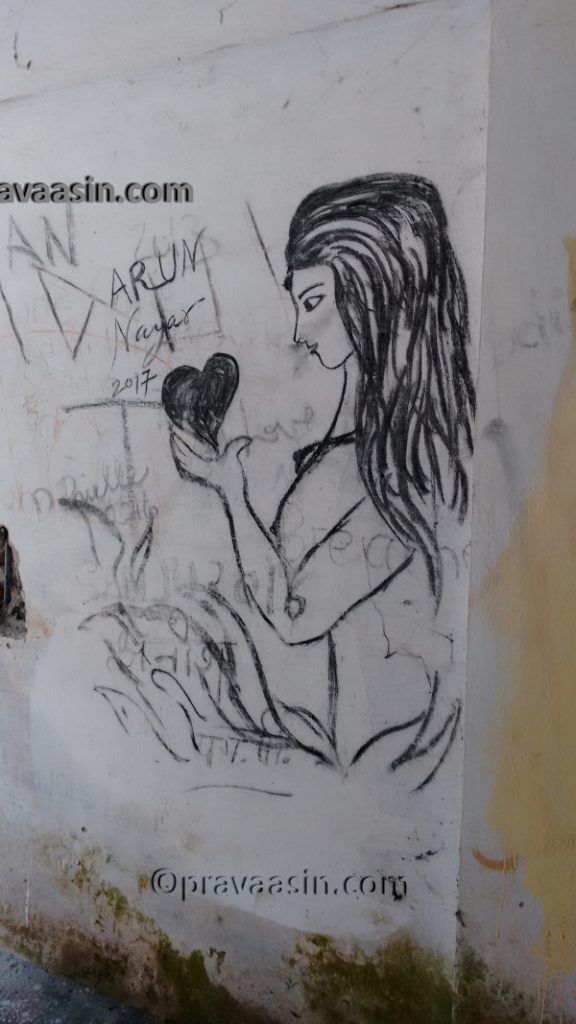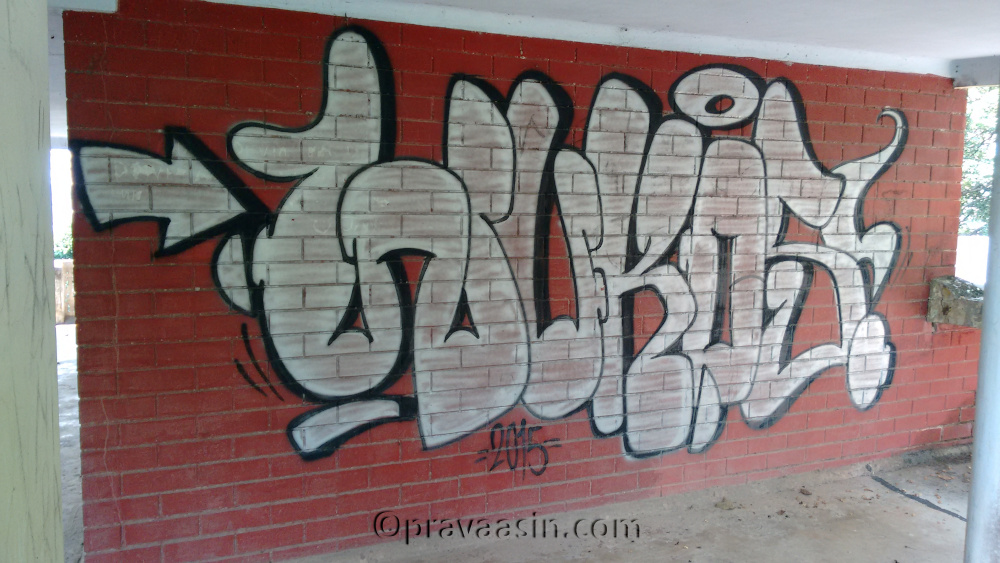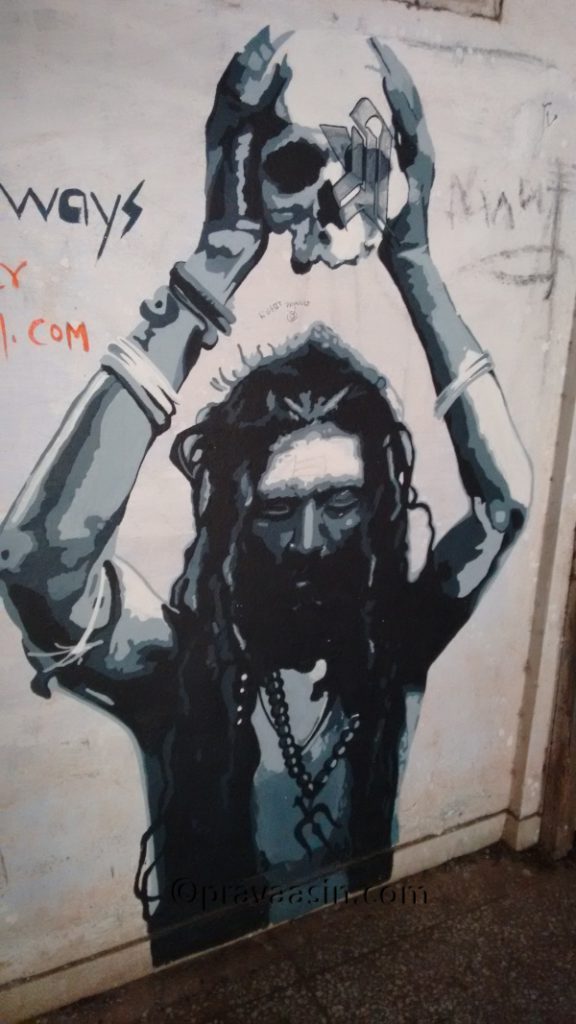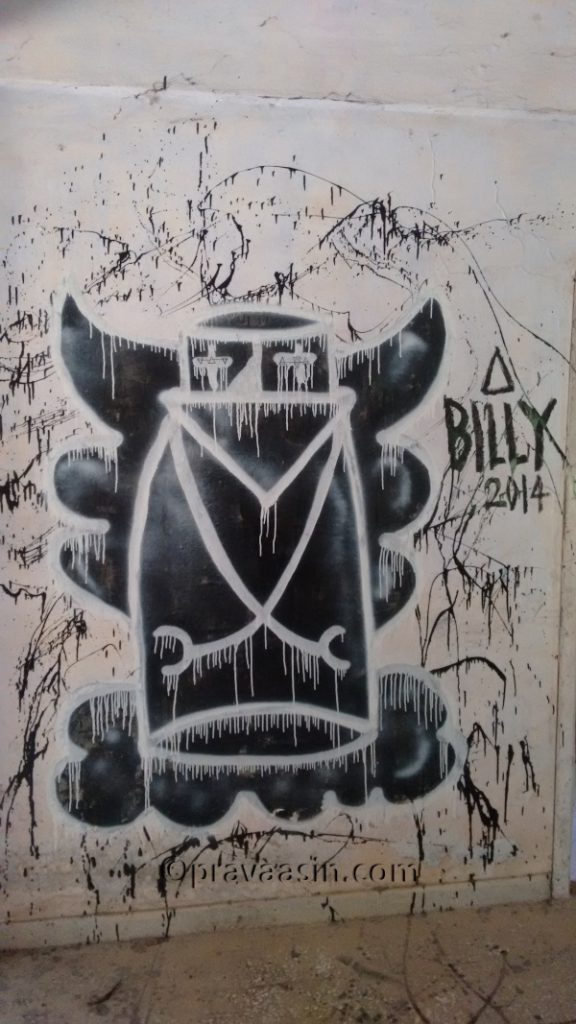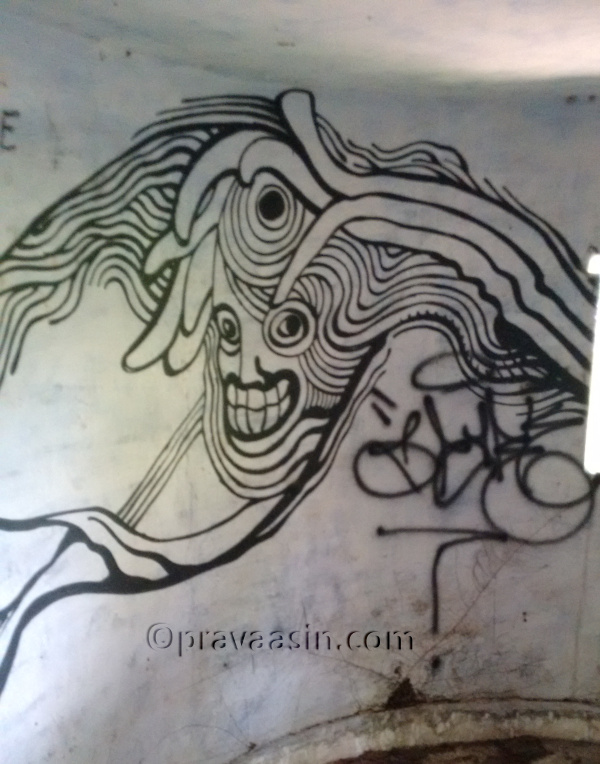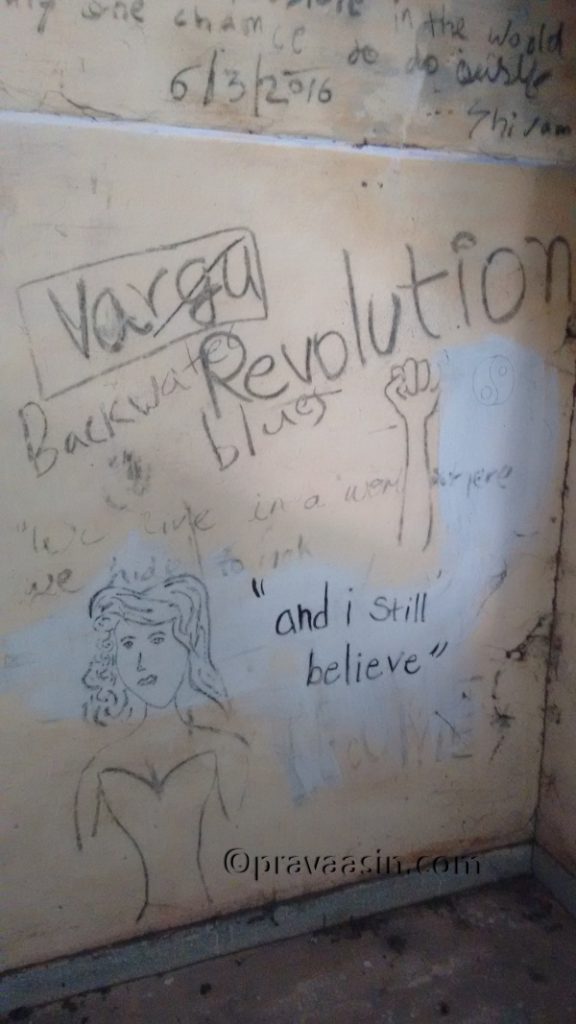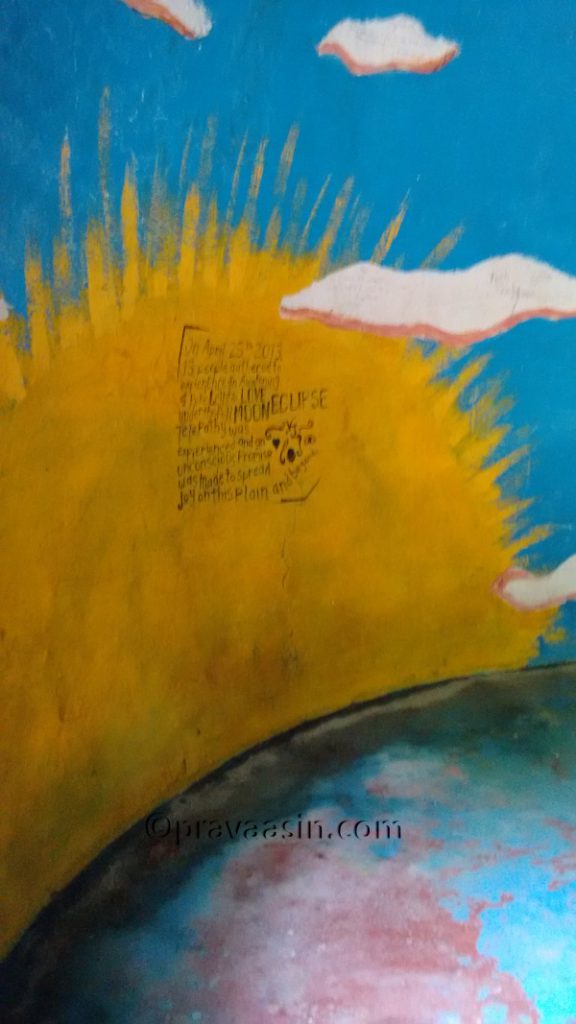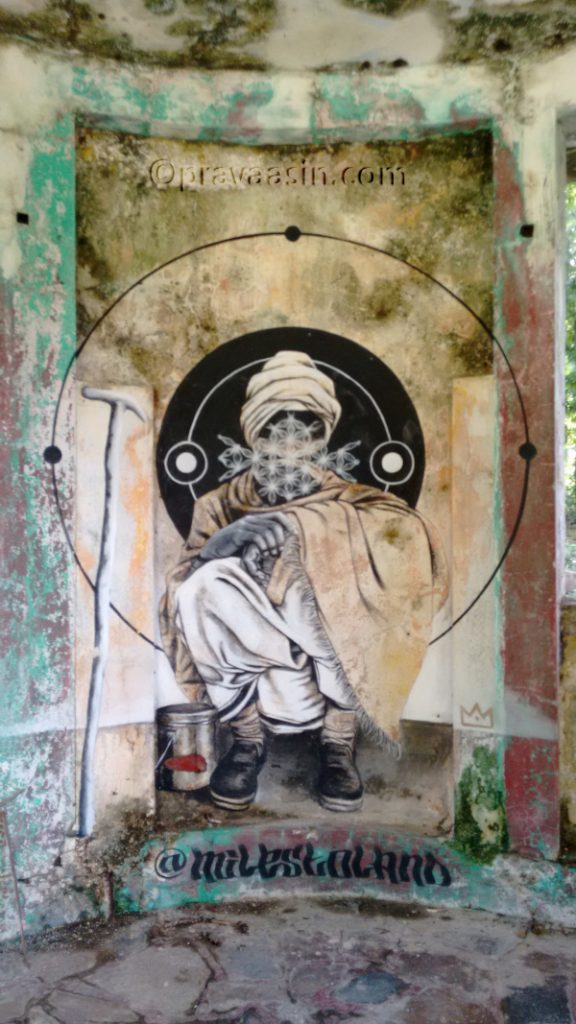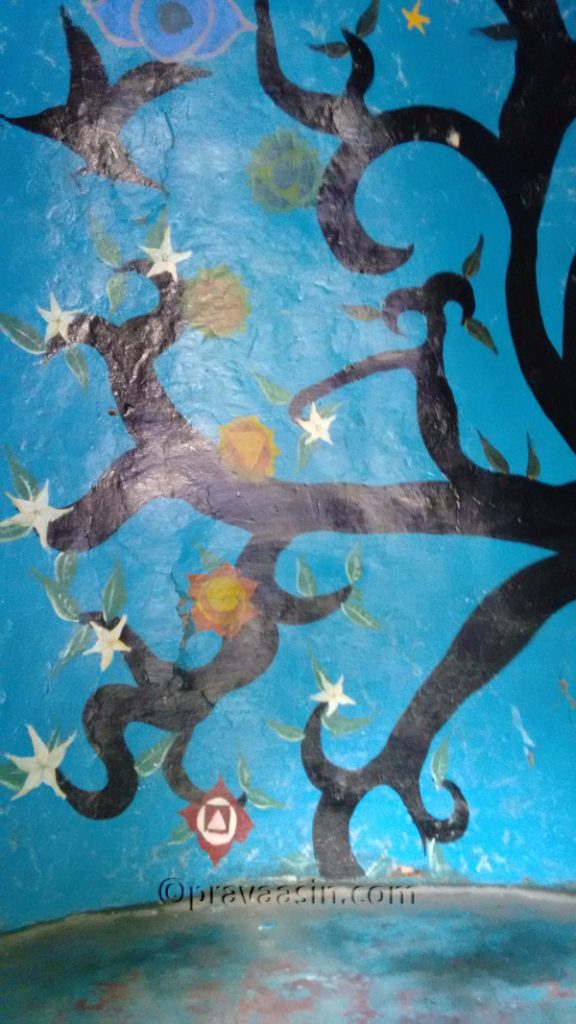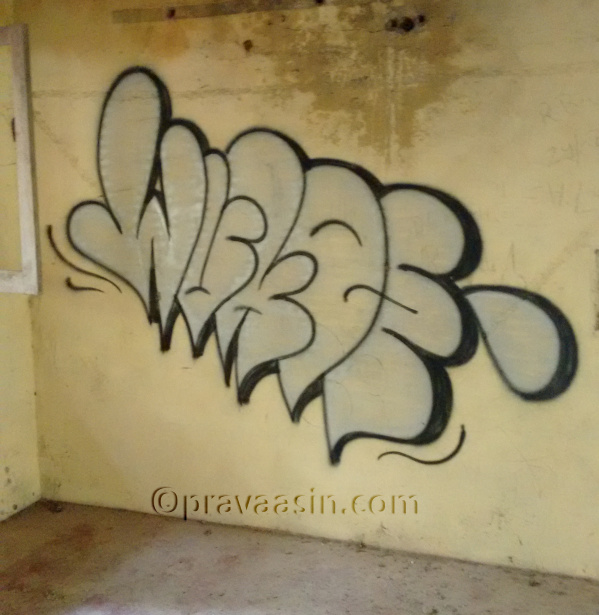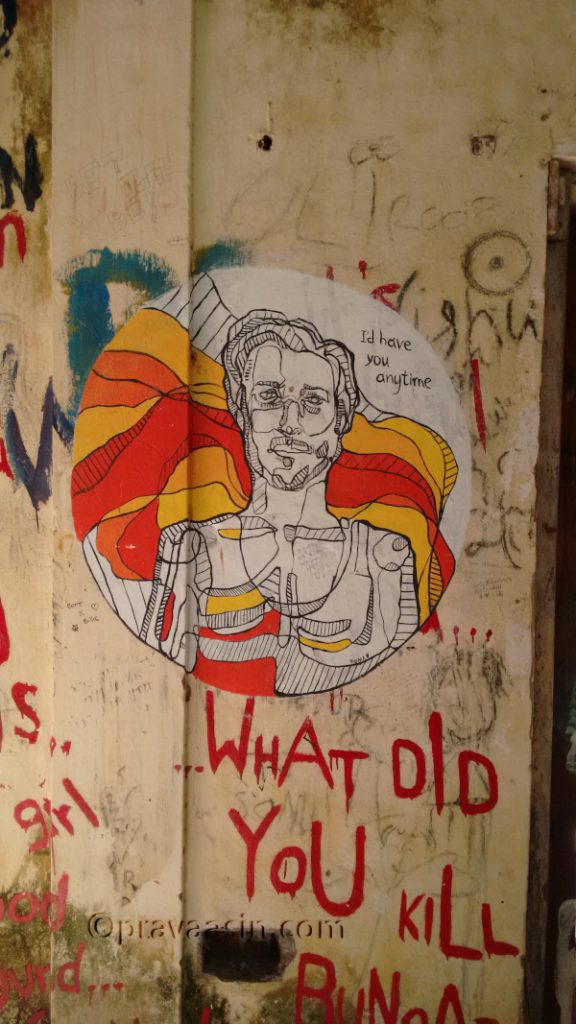The ashram of Maharishi Mahesh Yogi in Rishikesh where The Beatles studied meditation is now unofficially called the Beatles Ashram. The ashram was abandoned later. It is part of Rajaji National Park. The forest department manages the area and is a ticketed place now. After its abandonment, artists from all over the world snuck into the complex and have painted graffiti all over the buildings. I visited the place in 2017 and took pics of most of the graffiti. It took me 3 long years to come up with the post and as a result, I may have lost some of the pics. Anyways, it is finally here.
Category: India
Pancha Prayaga
Pancha Prayaga is a term to represent the five sacred confluences of River Alakananda. Vishnuprayag is the first of the confluence with the Dhauliganga river. Alakananda then meets River Nandakini at Nandprayag, Pindar river at Karnprayag, Mandakini at Rudra Prayag, Bhagirathi river at Devprayag. All of them can be accessed on the highway to Badrinath from Rishikesh.
Vishnu Prayag
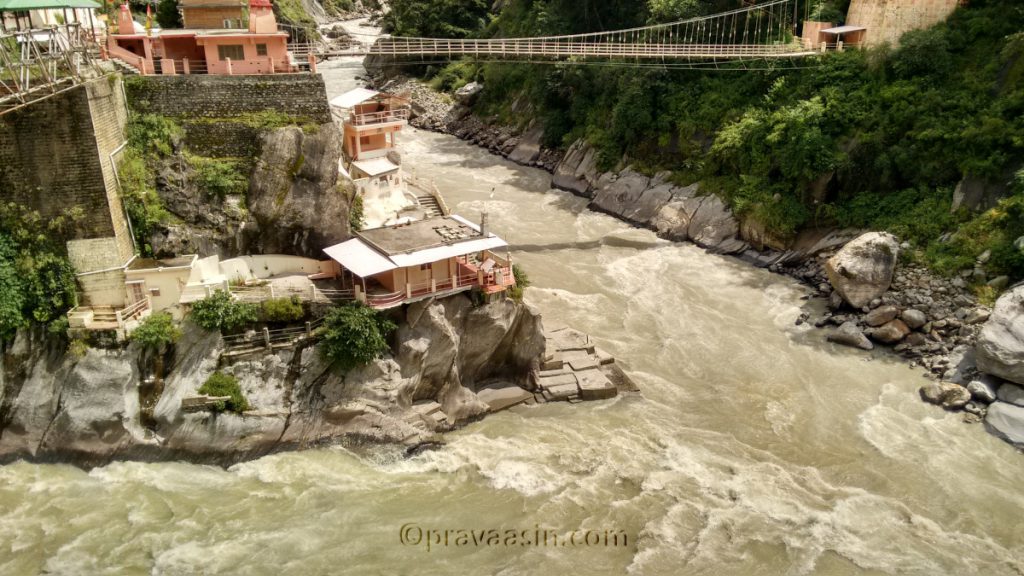
Vishnuprayag is the first of the confluence of Alaknanda with Dhauliganga river. On climbing down from Joshimath towards Badrinath, we can find the confluence.
Nand Prayag
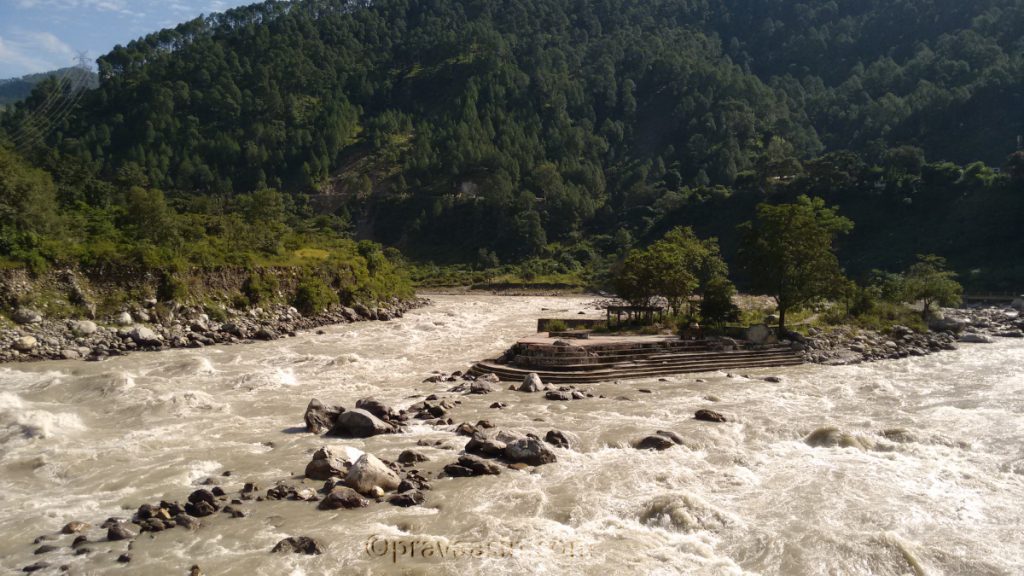
Nandprayag is second of the confluence of Alaknanda with Nandakini river. The name Nanda is said to be from a noble king of the same who did Yagnya here. There is also a belief that it is named after Yadava king Nanda, foster father of Krishna.
Karn Prayag
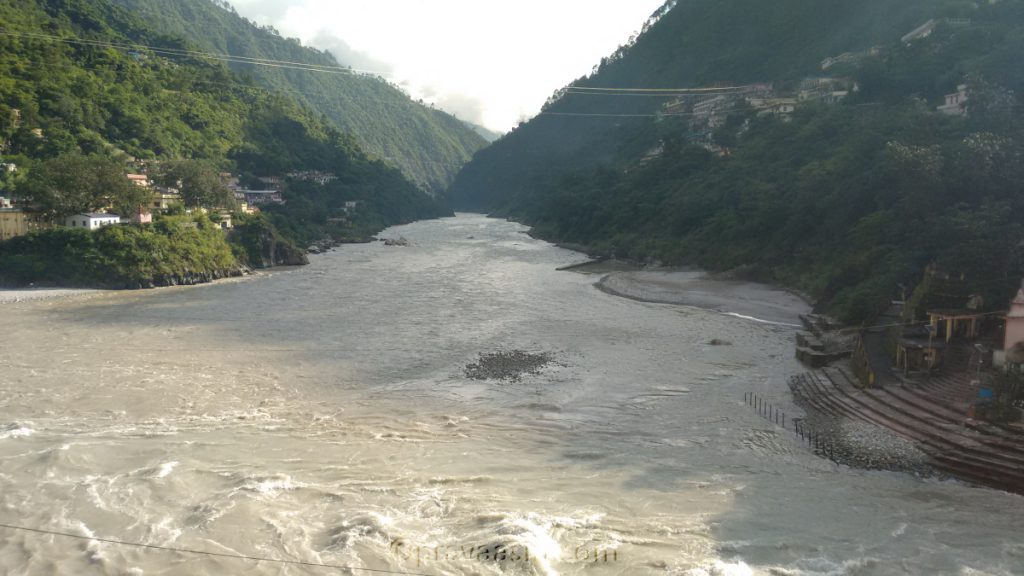
Karnaprayag is the confluence of Alaknanda with Pindar river. Karna is said to have performed penance to Surya here, hence the name.
Rudra Prayag
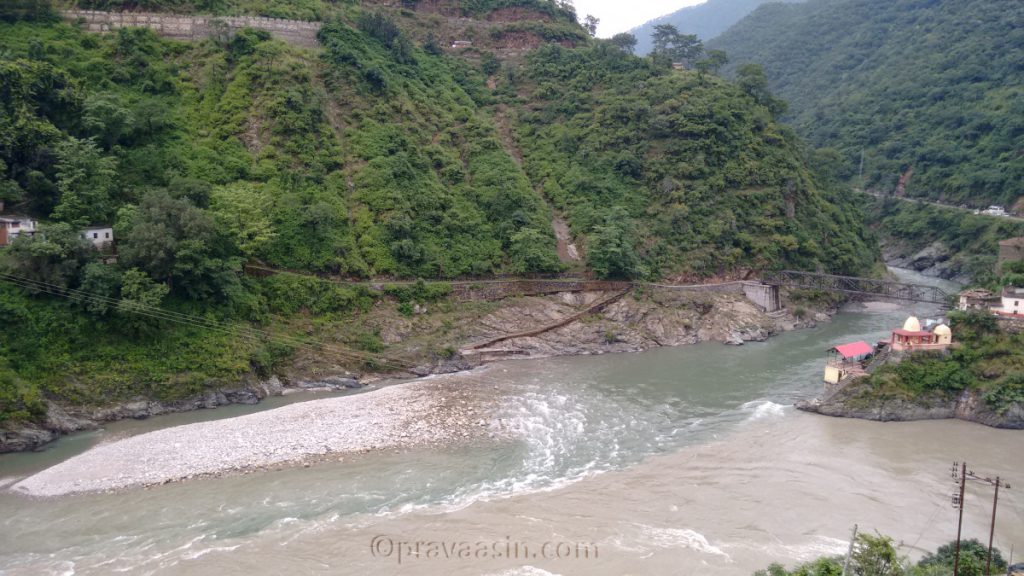
Rudraprayag is the fourth confluence of Alaknanda with River Mandakini.
Dev Prayag
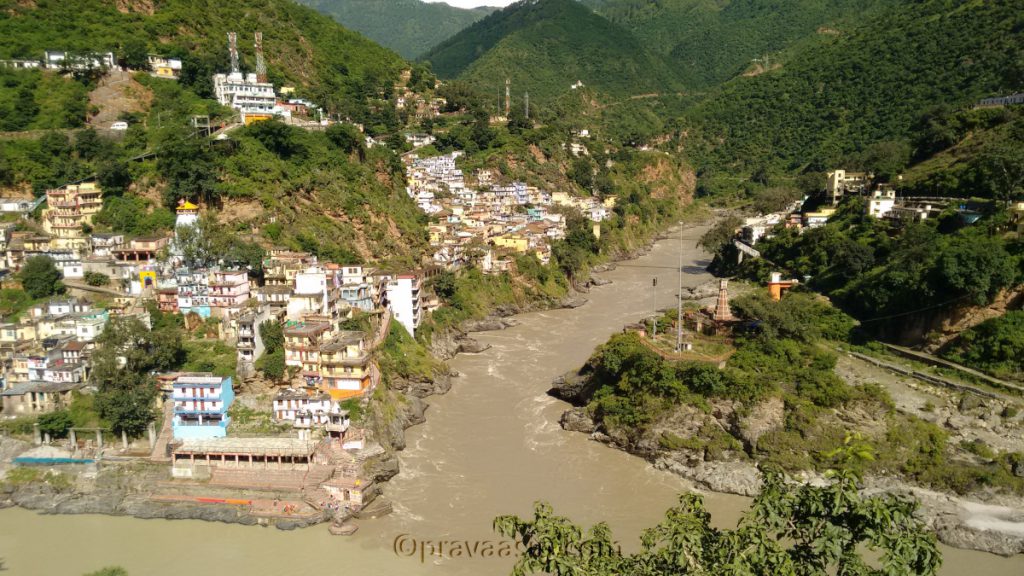
The fifth confluence of River Alakananda with Bhagirathi to form Ganga. Bhagirathi is identified as the source stream of Ganga even though Alakananda is a bigger river. Bhagirathi originates from the Gangotri glacier.
Hosaholalu
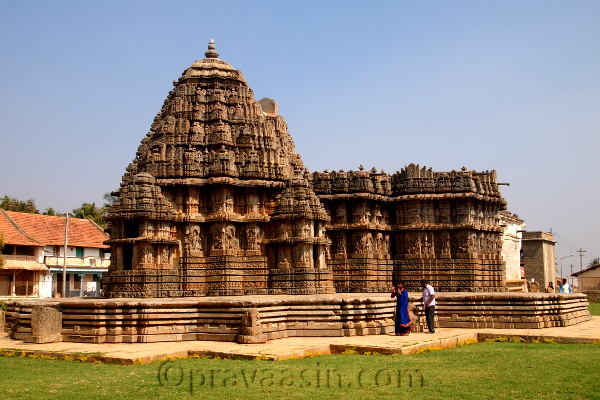
Hosaholalu Lakshmi Narayana temple is one among the many Hoysala temples scattered around the Hoysala territory. A lesser known Hoysala temple compared to Belur, Halebid and Somanthpura temples. It is said to be bulit by Hoysala King Vira Someswara in 1250C.E.
Temple is built on a platform and is a Trikuta Vimana Architecture. The main shrine is for Lakshmi Narayana while the other two are for Venugopala and Lakshmi Narasimha. Temple has a Navaranga with well polished pillars. The roof is carved exquisitely to look like an inverted flower.
Outer walls of the temple are filled with carvings. Base of the temple has six friezes. Bottom frieze has elephants, the one above it has cavalry. On top of which is a floral pattern with Kirtimukhas at the corners. Above it is the depiction of Ramayana and Mahabharatha. Top frieze has Hamsas, while the one below it has Makara.
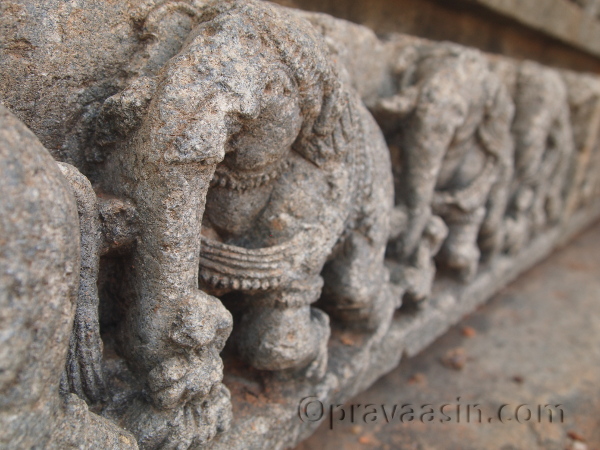

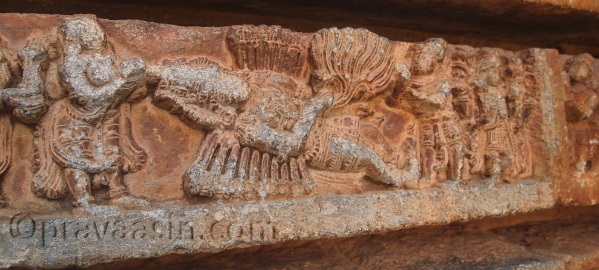
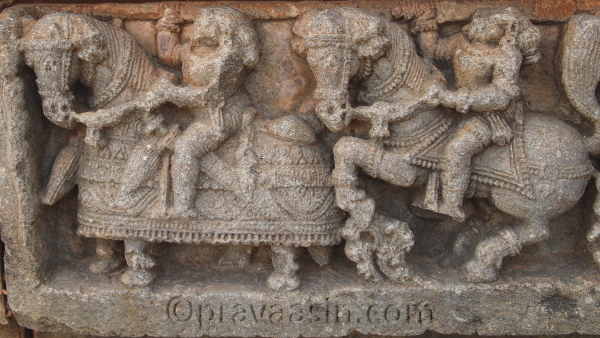
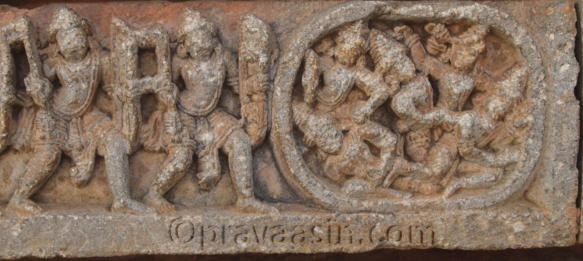
Above the friezes are images of Vishnu in his various forms.
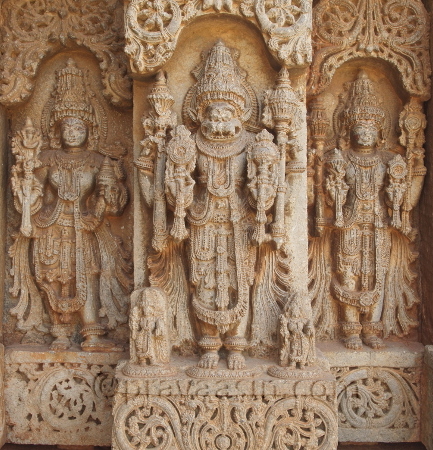
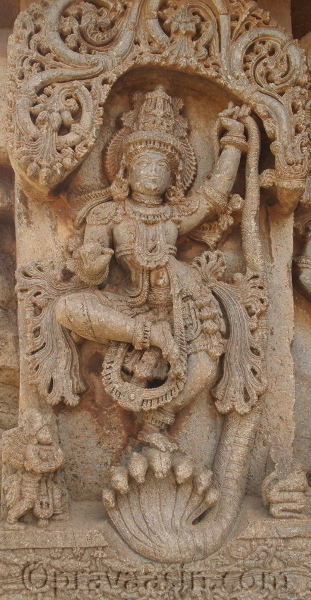
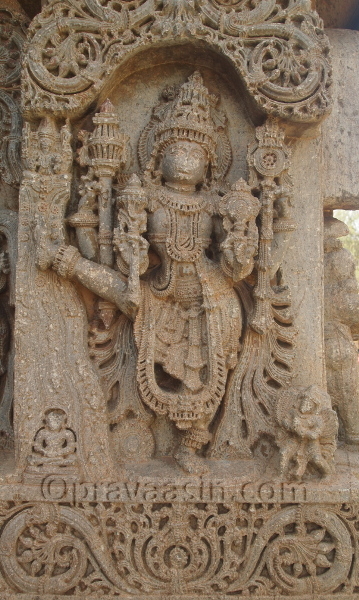
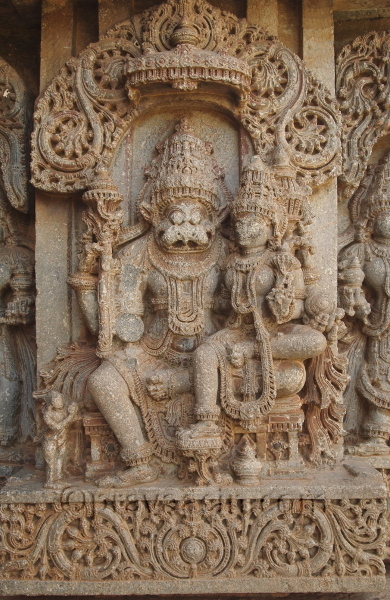
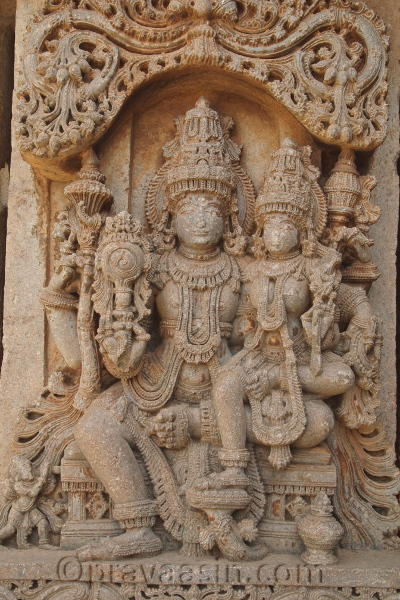
Hosaholalu is in Mandya district. It is 60kms from Mysore and 70Kms from Hassan. It is 40kms off Bangalore-Mysore Highway from Srirangapatna.
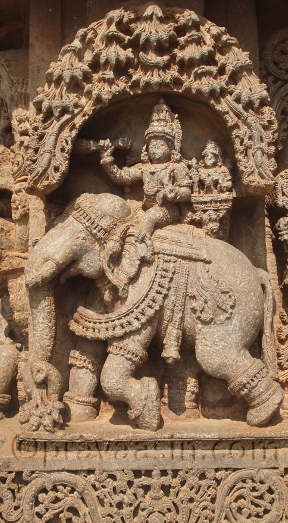
Meesapulimala Trek
Visavad ni Vav
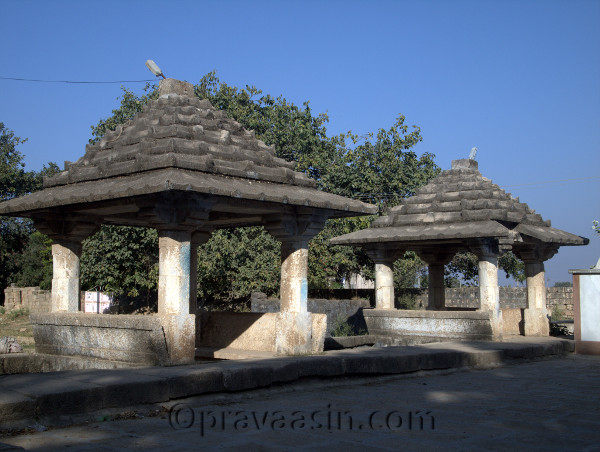 Visavad is a small village that lies on the Dwarka-Porbandar Highway. Visavad is an ancient place which used to be called Vishnupad. It is famous for the Mool Dwaraka temple. Adjacent to the temple complex is a stepwell, built in the 13th century, similar in design but much smaller in proportion to that of Adalaj Vav in Ahmedabad. Locals call it Jananavapi. It has an L-shaped plan, with stairs leading down to the well. The entrance to the well is through a mantap which has a pyramidical tower on top and a bench with backrest on either side. As one descends the stairs and at the turn is the first of the three pyramidical towers covering the three pavilions of the longer side of L. The middle tower has a storey, while the last and the third one has two storeys. The niches in the vav have idols of deities including Vishnu, Brahma and Surya.
Visavad is a small village that lies on the Dwarka-Porbandar Highway. Visavad is an ancient place which used to be called Vishnupad. It is famous for the Mool Dwaraka temple. Adjacent to the temple complex is a stepwell, built in the 13th century, similar in design but much smaller in proportion to that of Adalaj Vav in Ahmedabad. Locals call it Jananavapi. It has an L-shaped plan, with stairs leading down to the well. The entrance to the well is through a mantap which has a pyramidical tower on top and a bench with backrest on either side. As one descends the stairs and at the turn is the first of the three pyramidical towers covering the three pavilions of the longer side of L. The middle tower has a storey, while the last and the third one has two storeys. The niches in the vav have idols of deities including Vishnu, Brahma and Surya.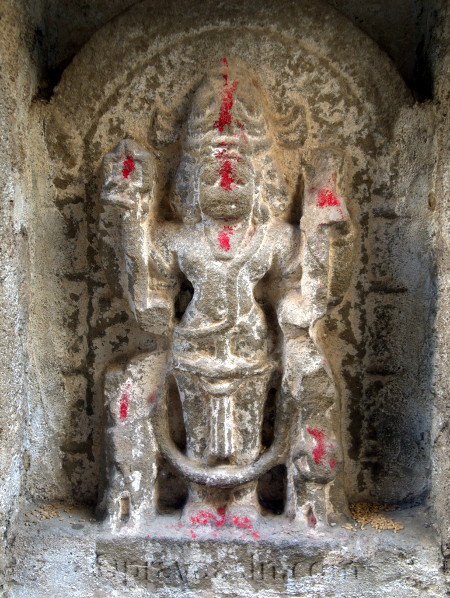
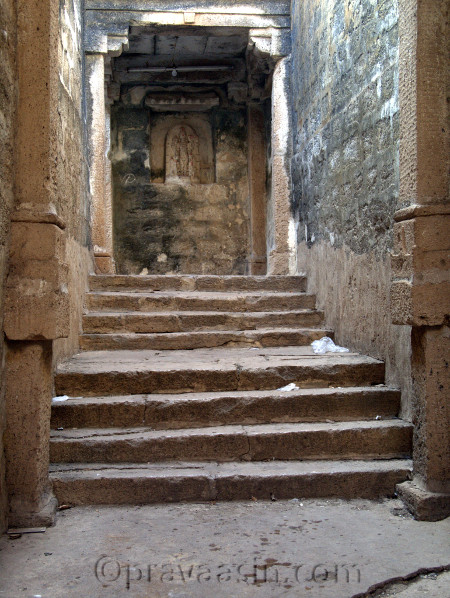
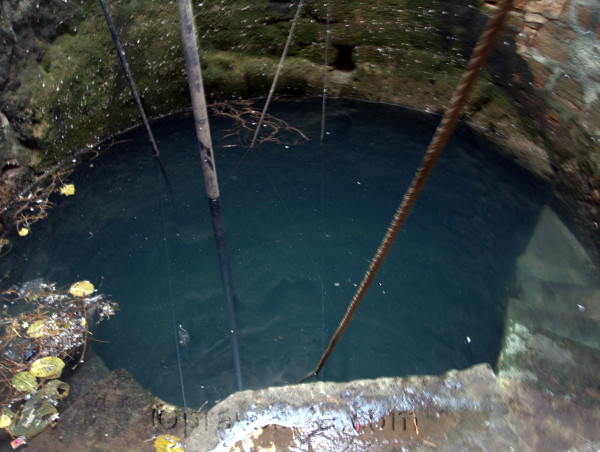
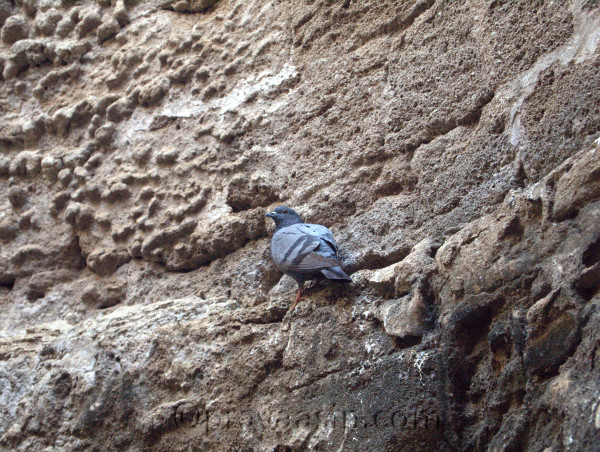
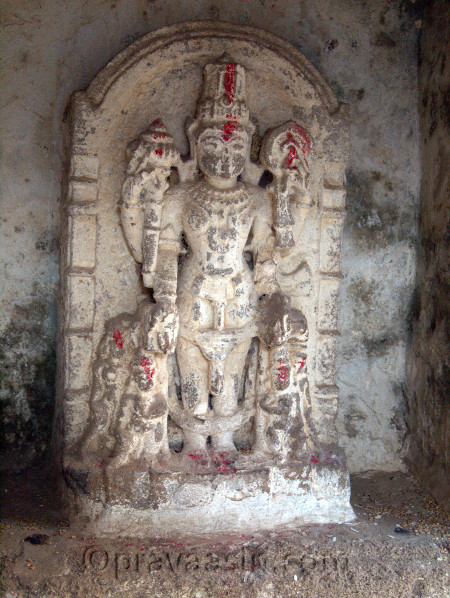
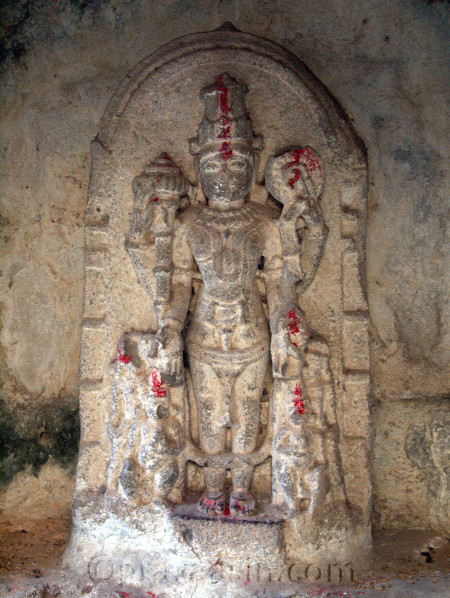
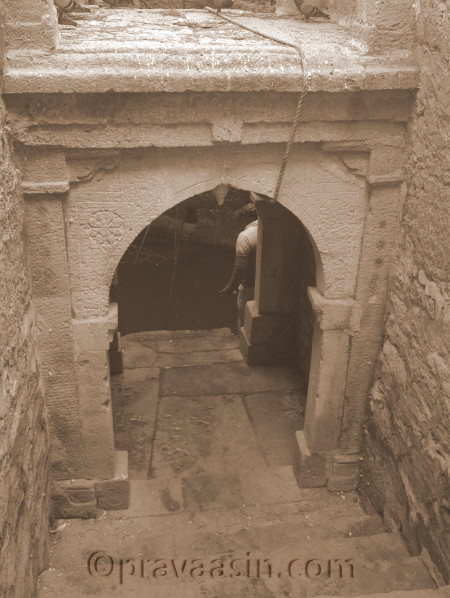
Vani Vilasa Sagara
Much before KRS dam was constructed, the erstwhile Mysore state had built a huge dam in another part of the state. The reservoir created by the dam is picturesque and could potentially be a wonderful tourist spot.
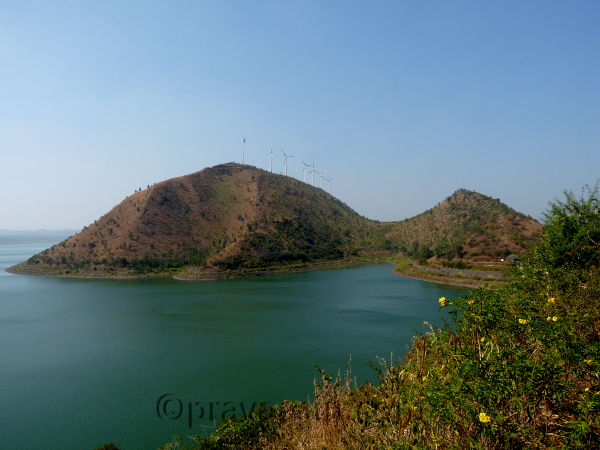
Vani Vilasa Sagar is a reservior created by the dam of the same name in Hiriyur Taluk of Chitradurga district in Karnataka. The dam is also known as Mari Kanive and is built across River Vedavati. It was built by the erstwhile rulers of Mysore state, the Wodeyars. Initiated by Dewan Seshadri Iyer, the construction of dam was started in August 1898 and it took 9 years to complete it in August 1907. The dam is named after the Queen Regent of that time Sri Vani Vilasa Sannidhana(mother of Nalvadi Krishnaraja Wodeyar after whom KRS is named). The dam is a major water source for Chitradurga town and irrigates the Hiriyur and Challakere taluks.
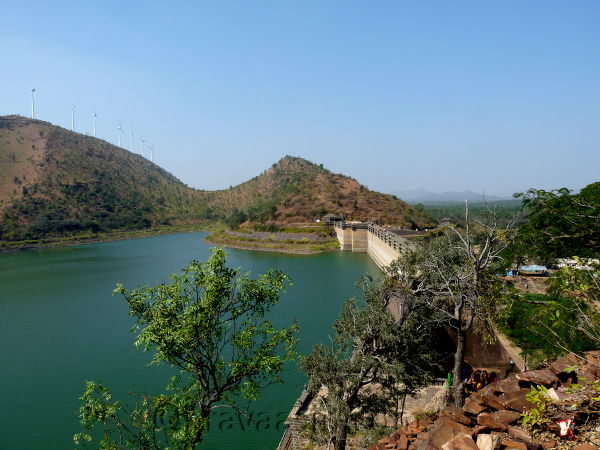
The machines for the dam gates have been imported from England, just like in KRS, from a company called Ransomes & Rapiers Limited of Ipswich.
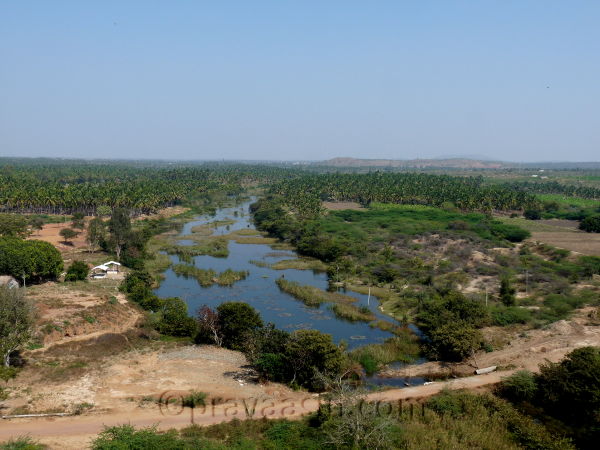
The reservoir could be a wonderful spot for water sports and can be developed as a tourism circuit along with Chitradurga fort.
